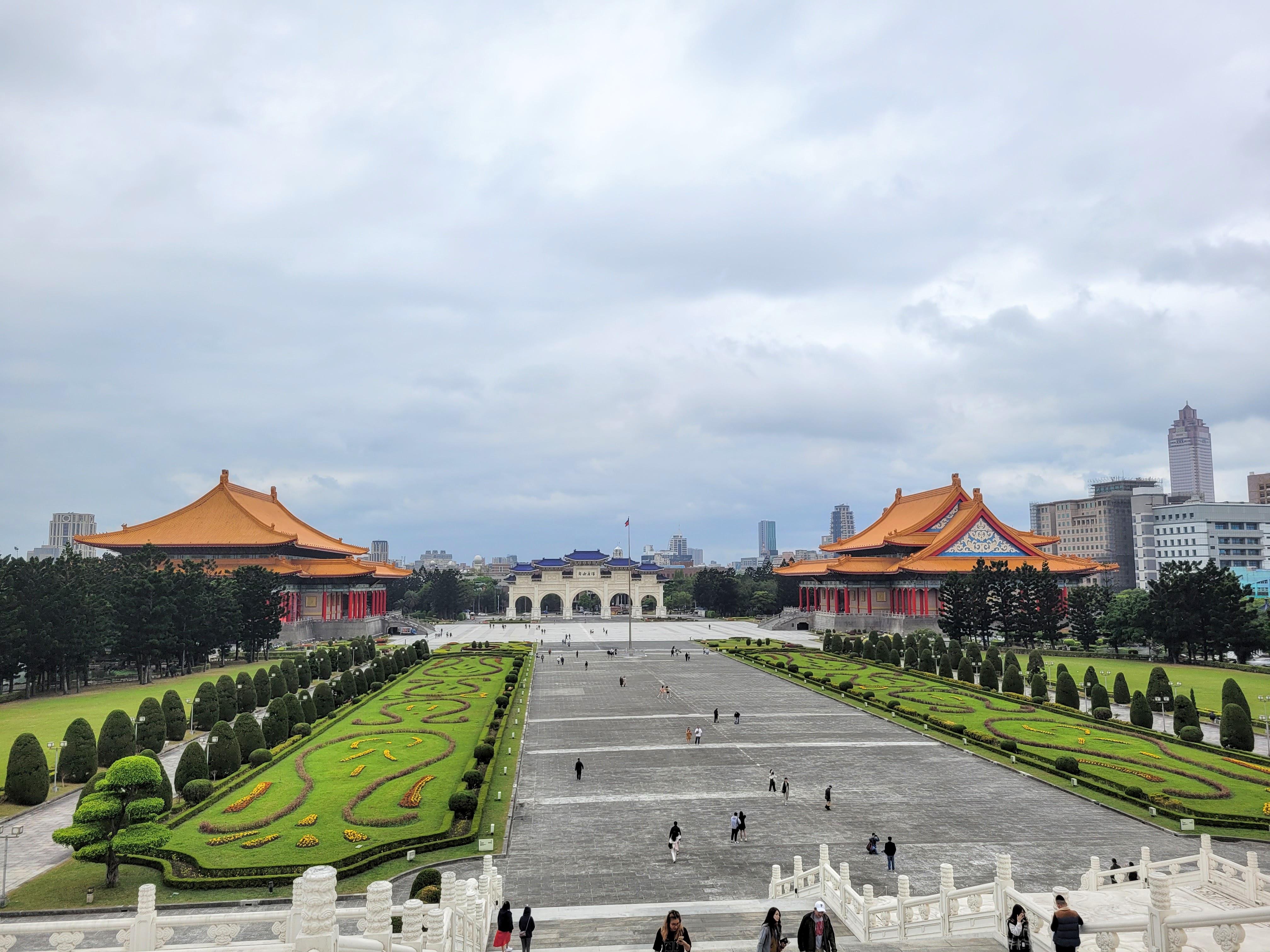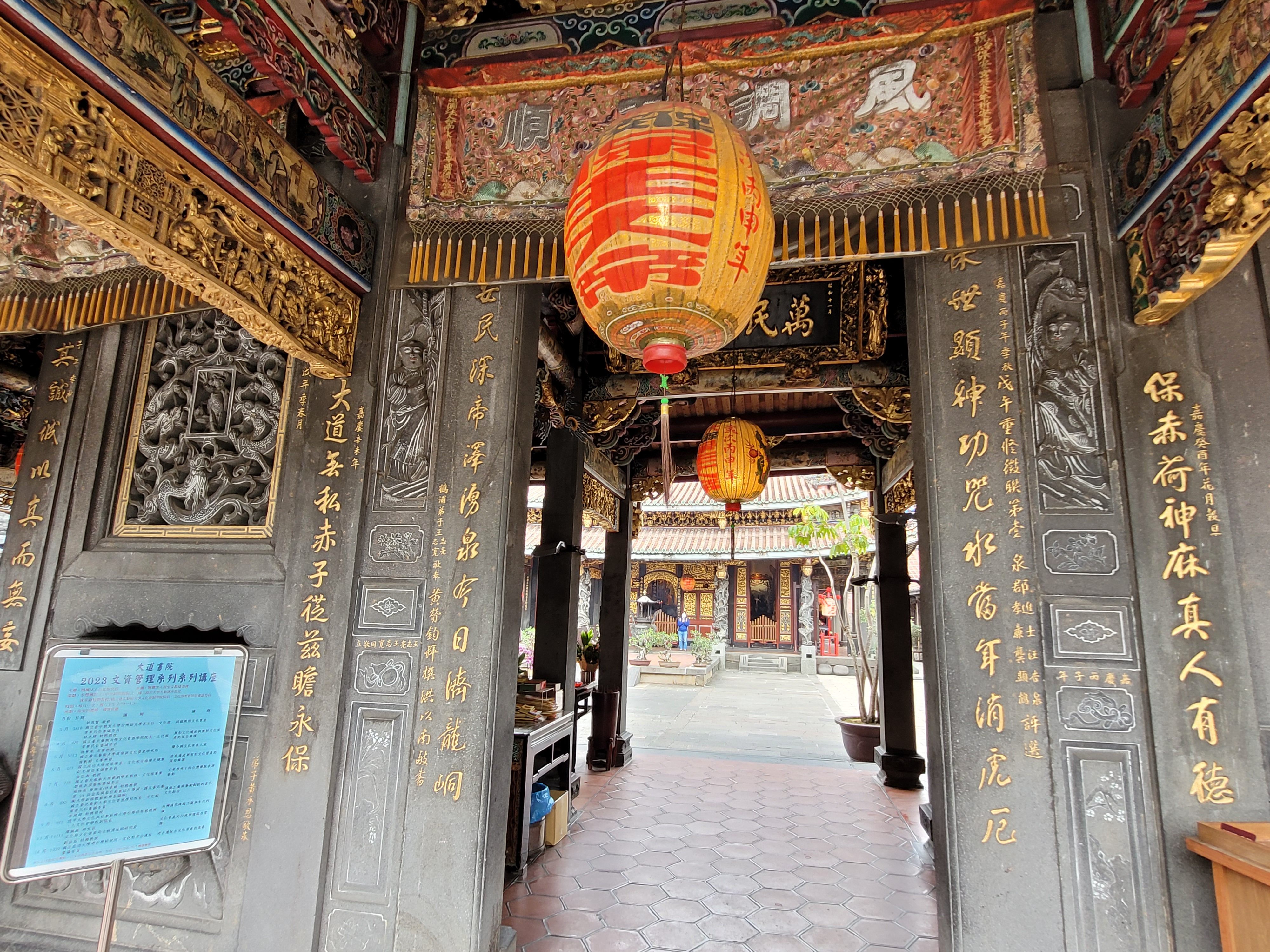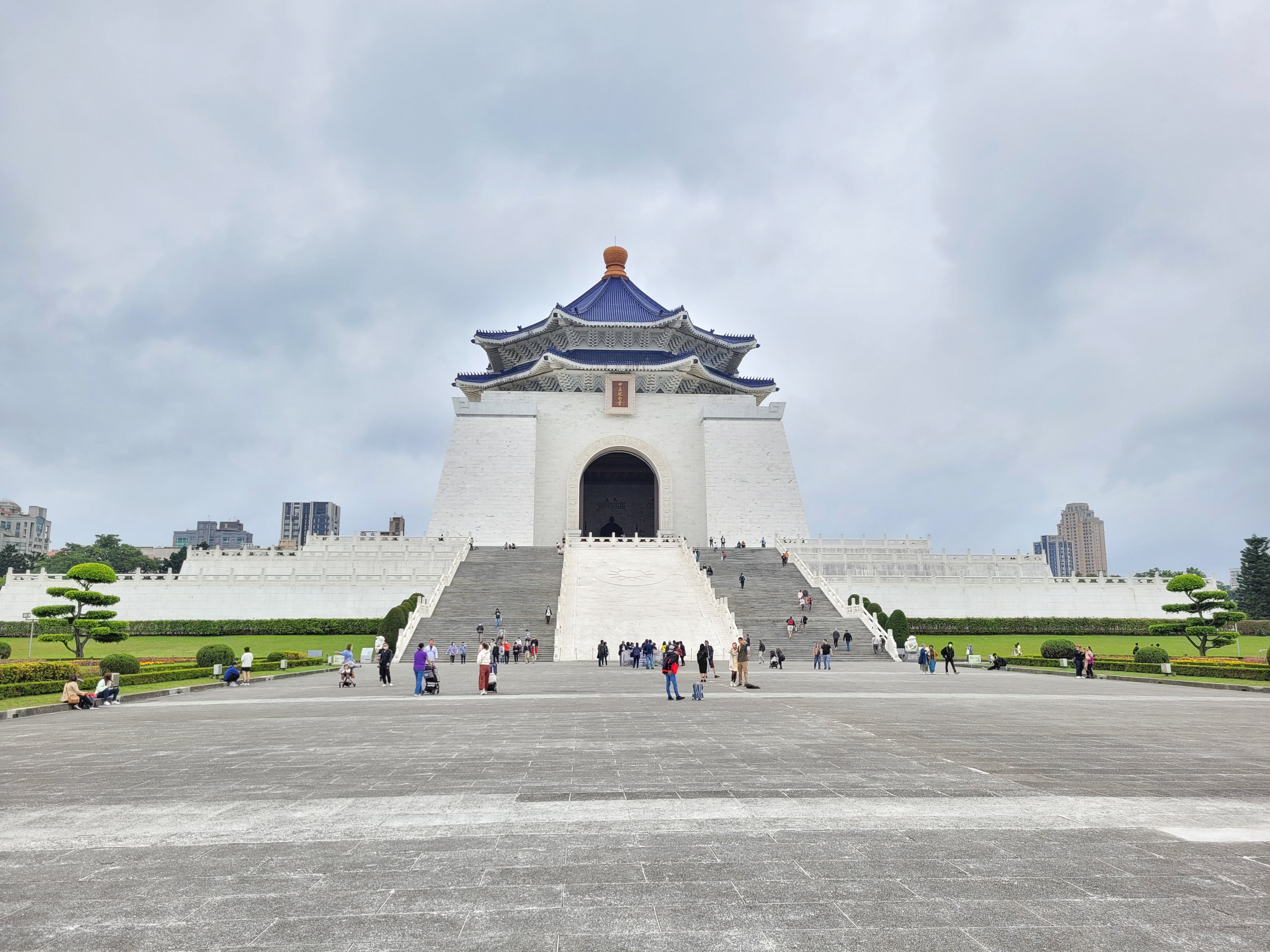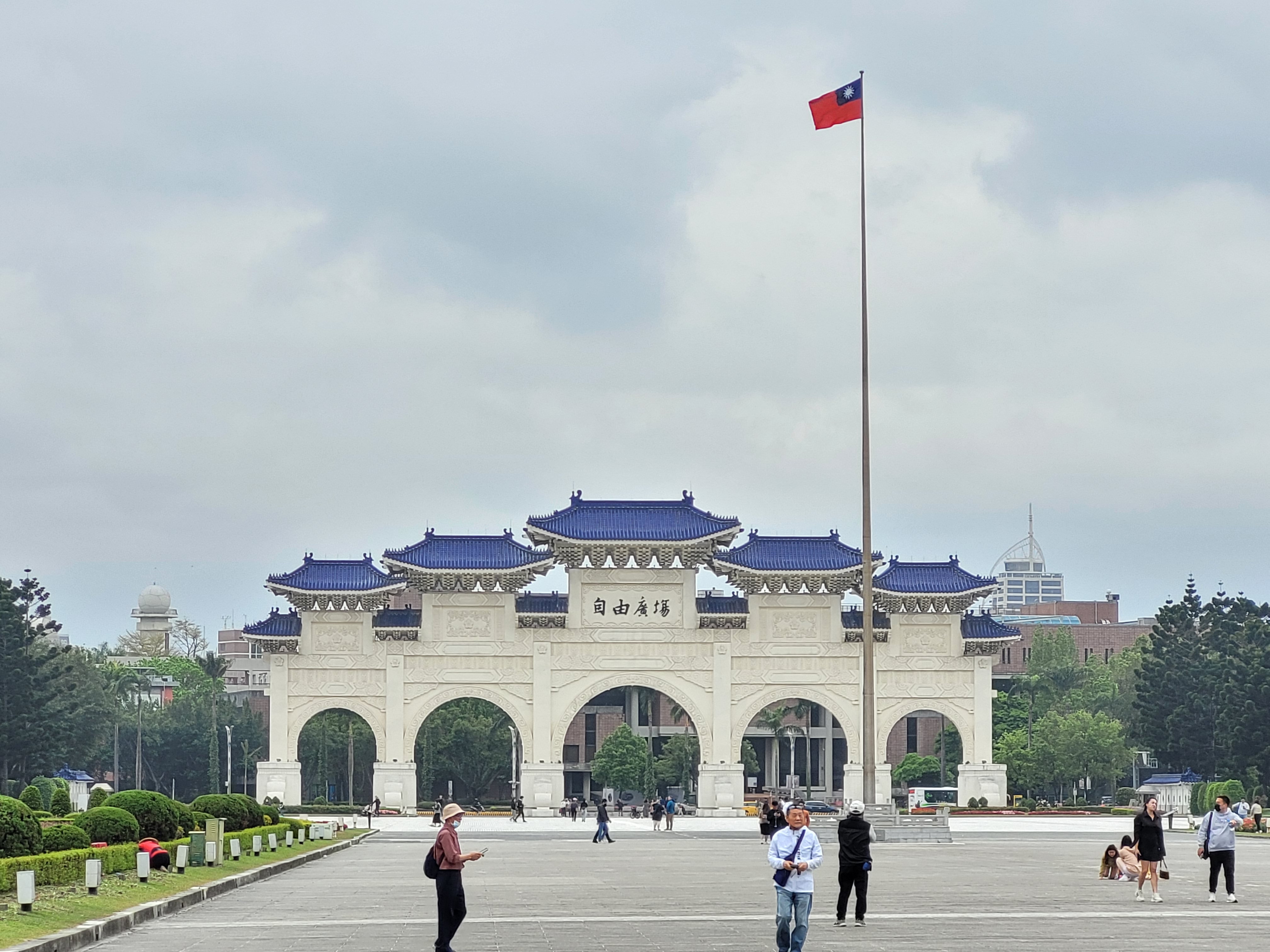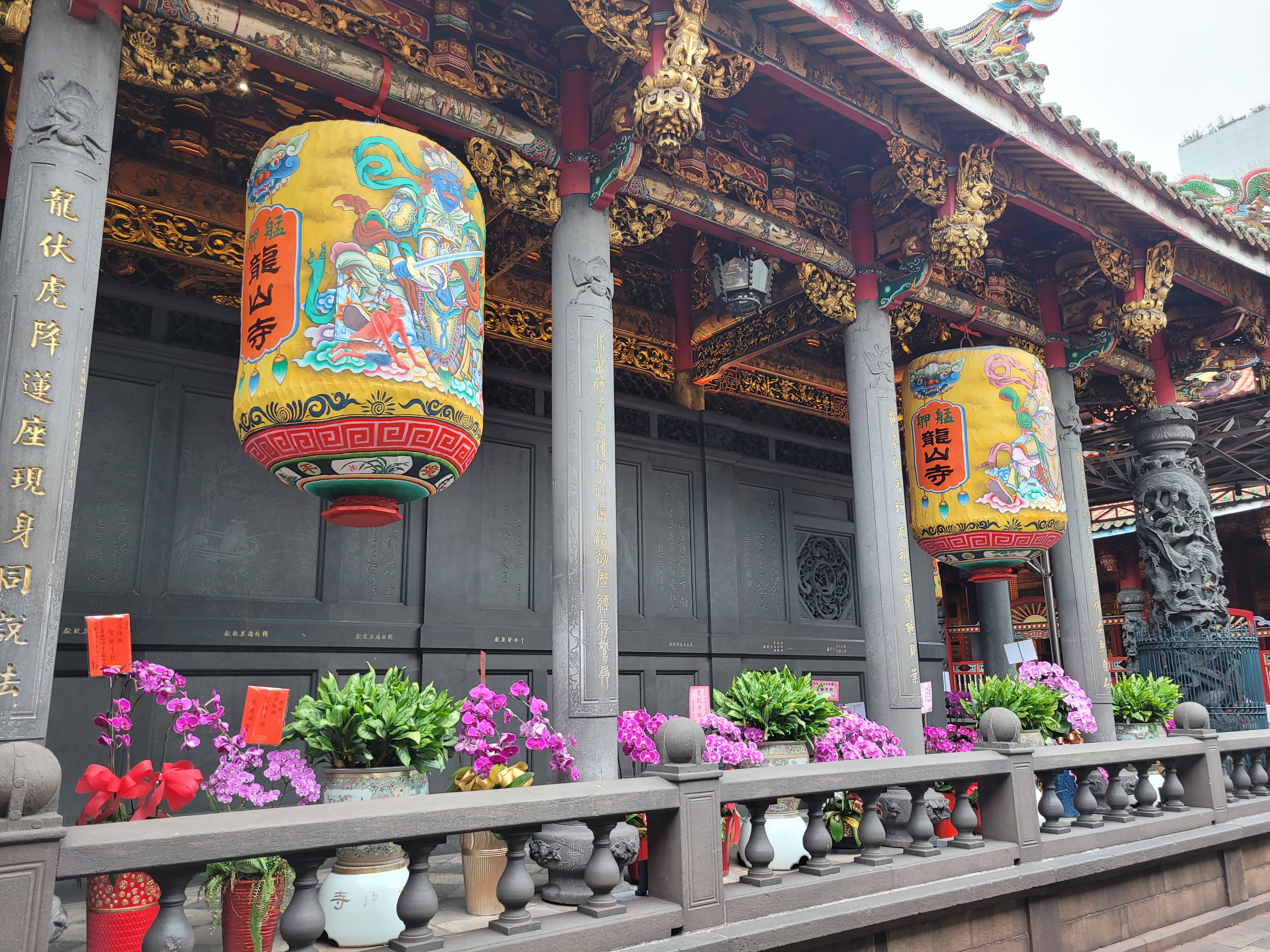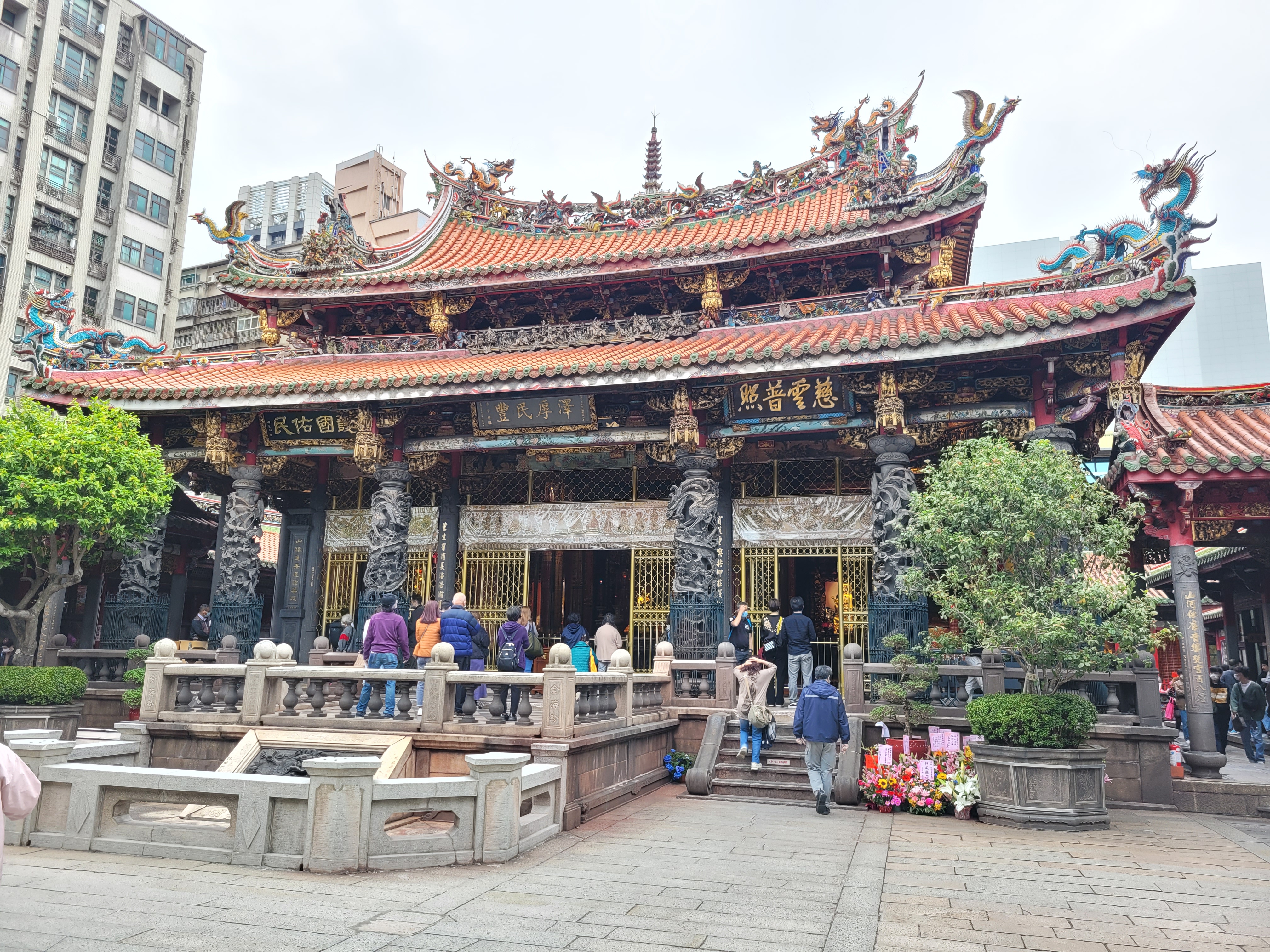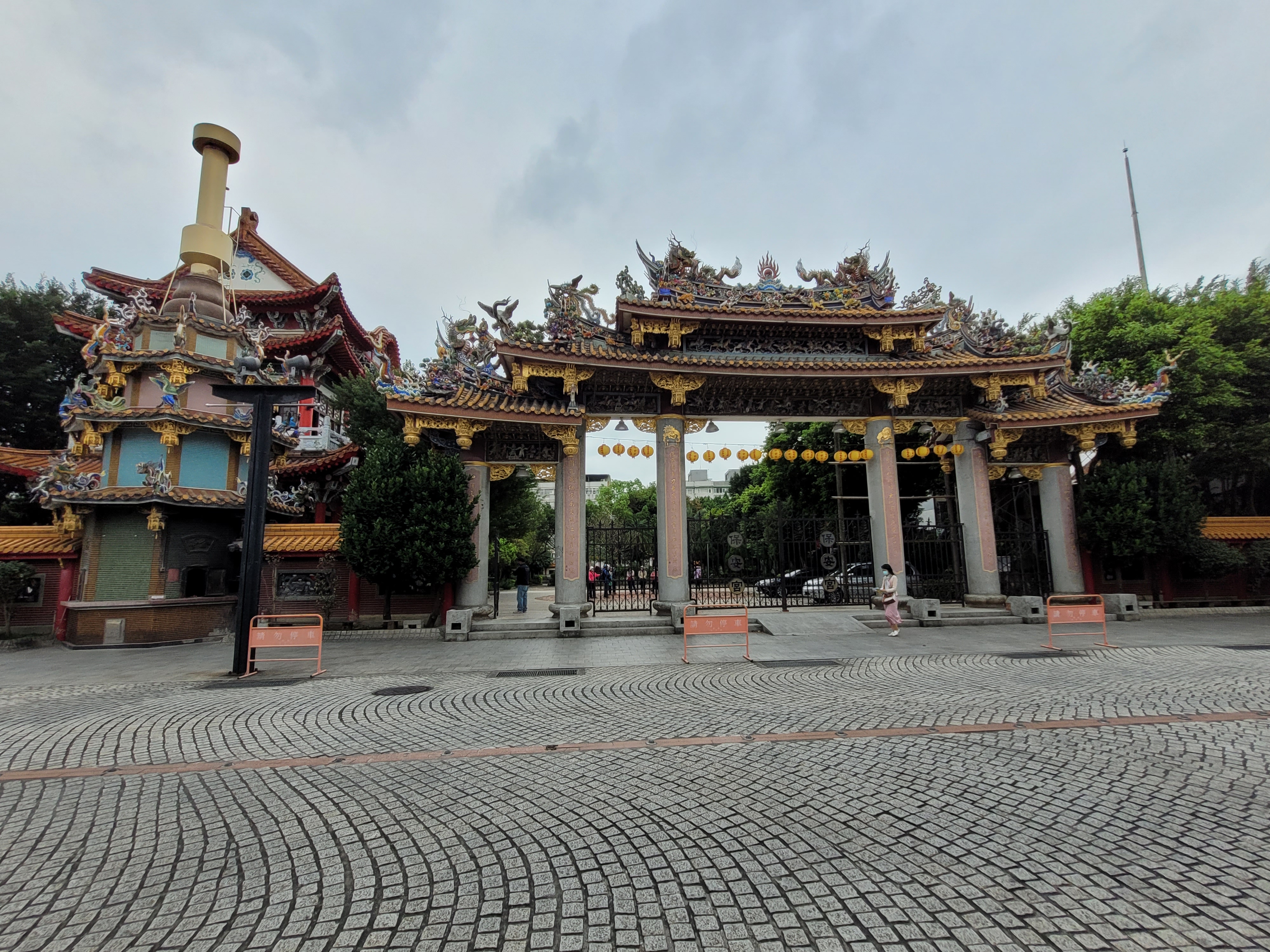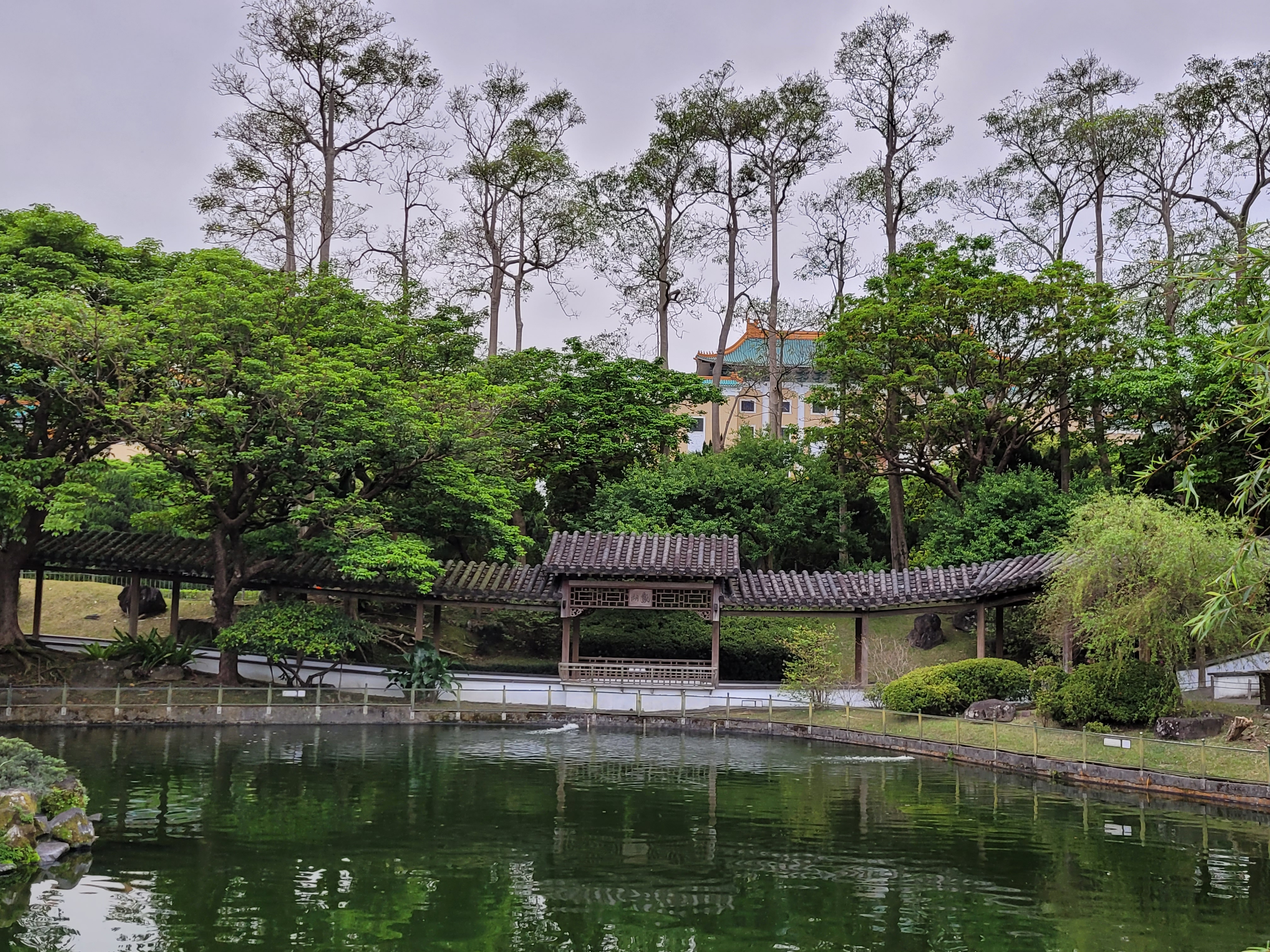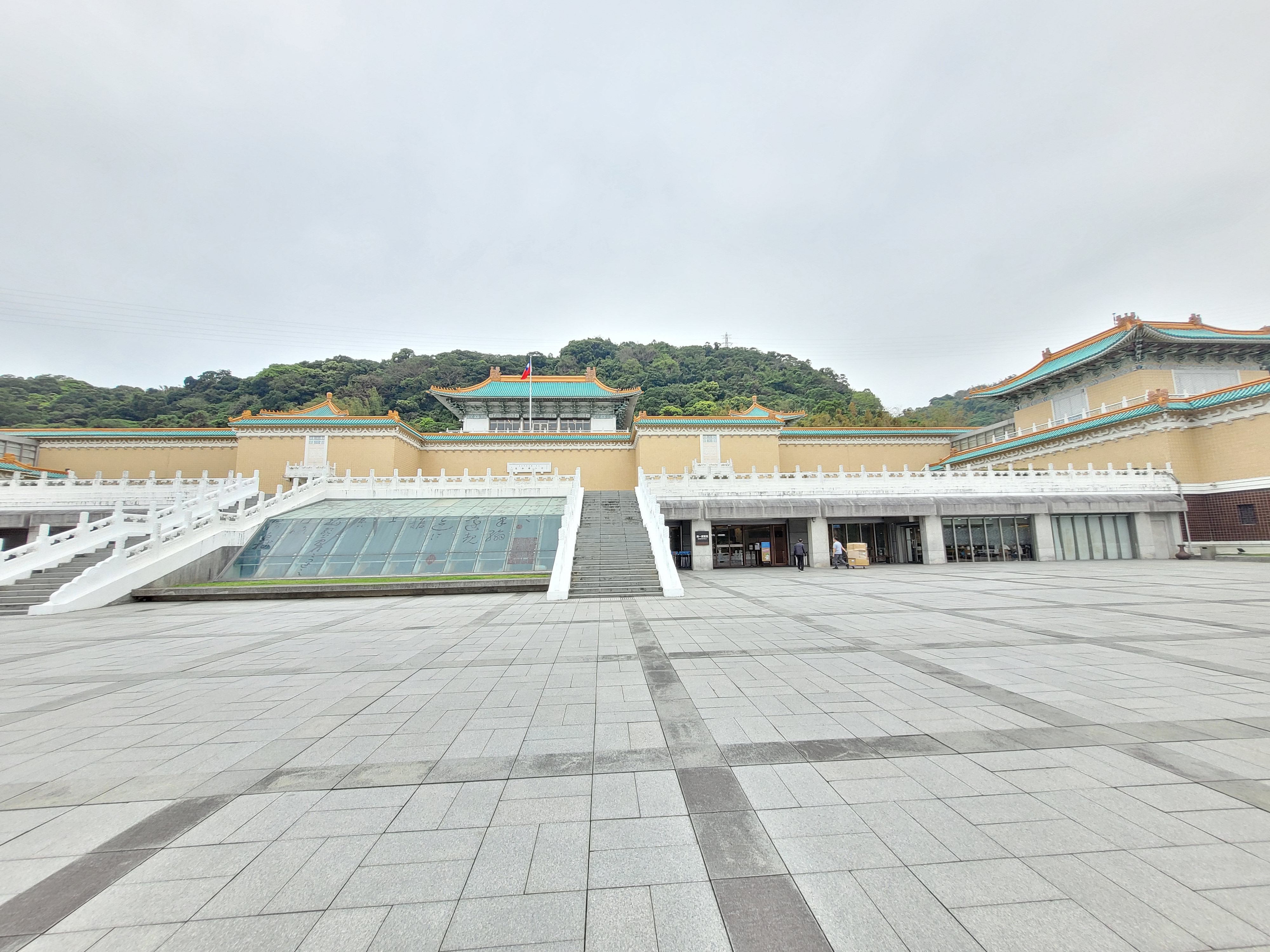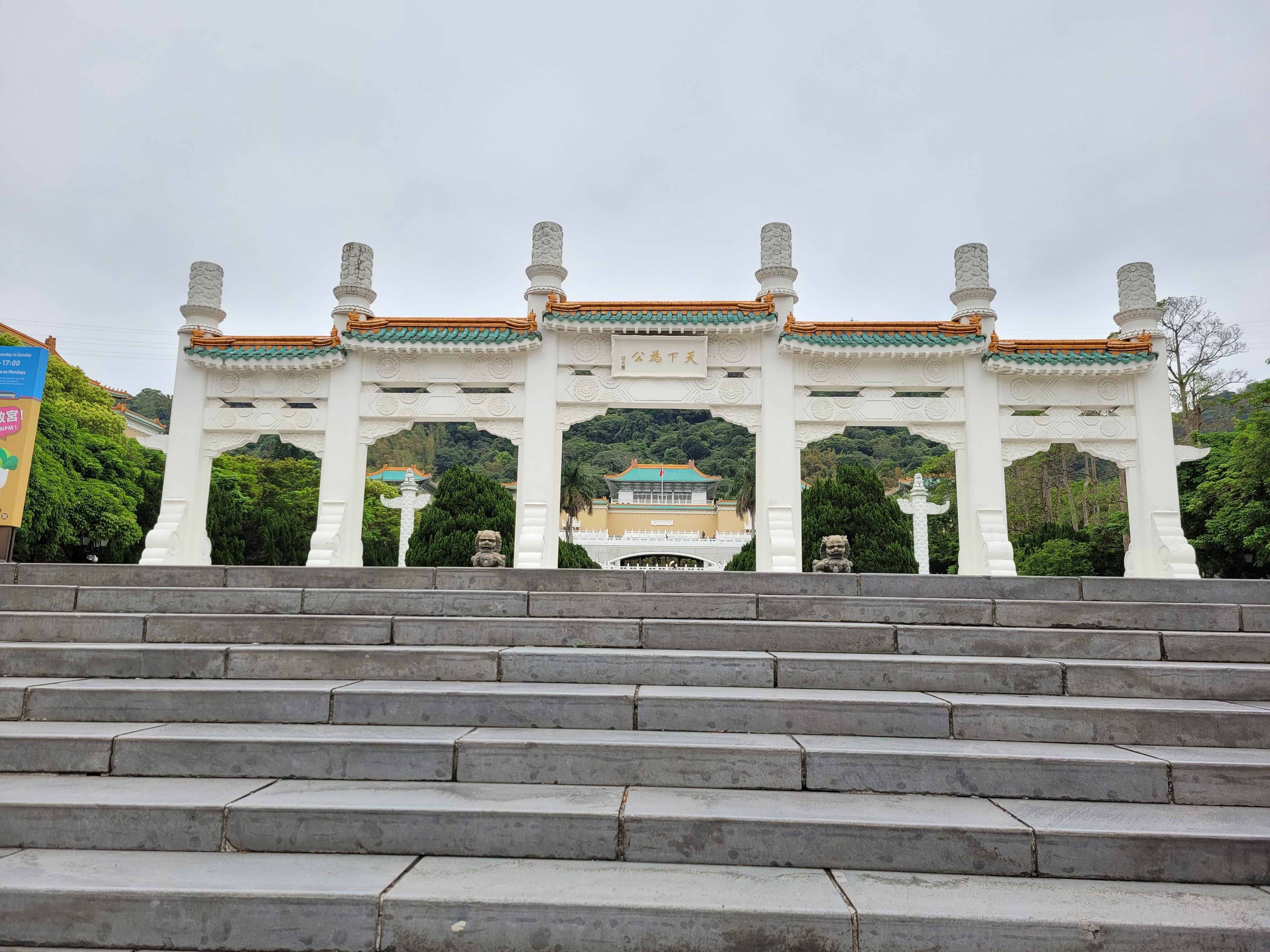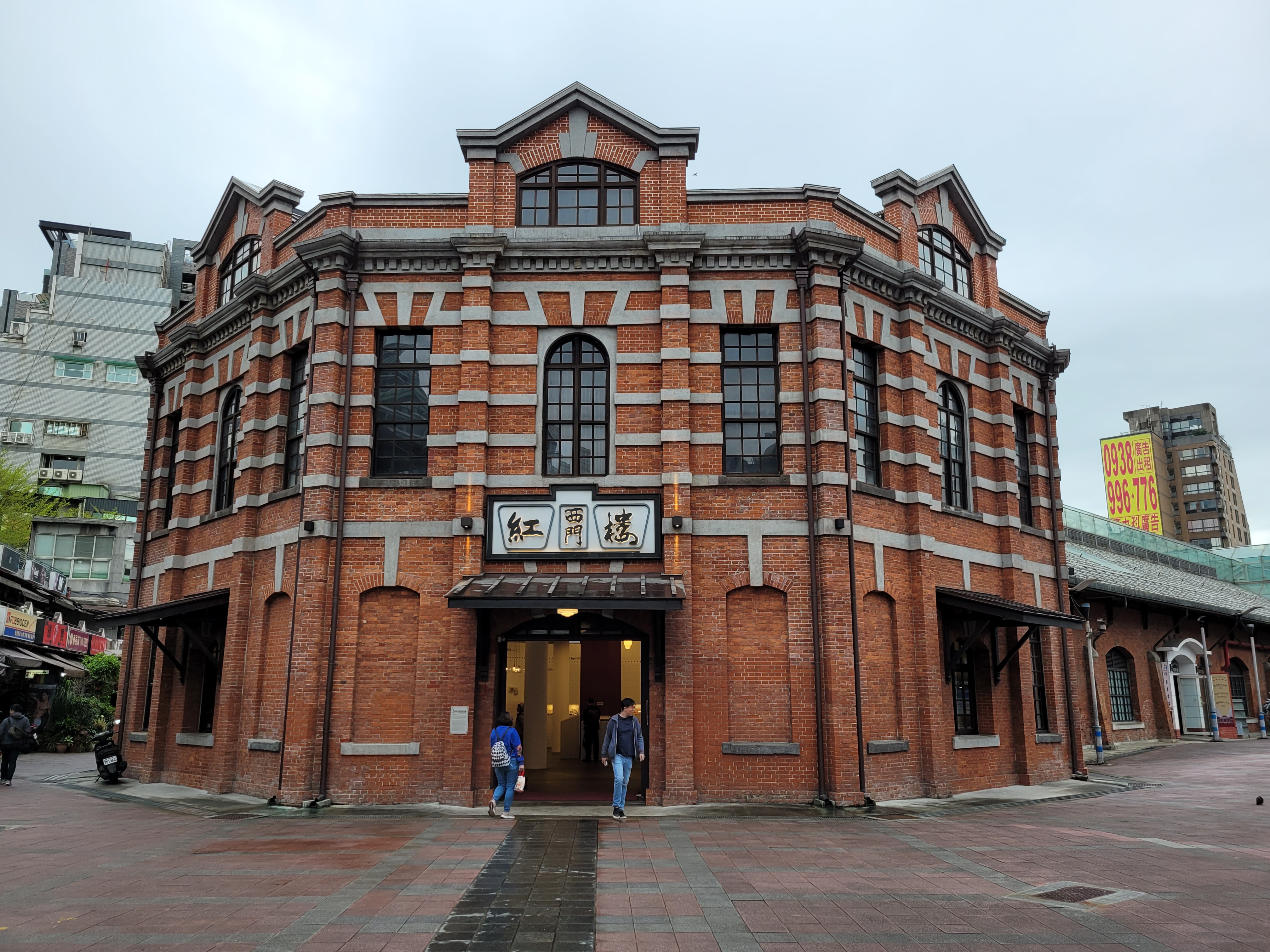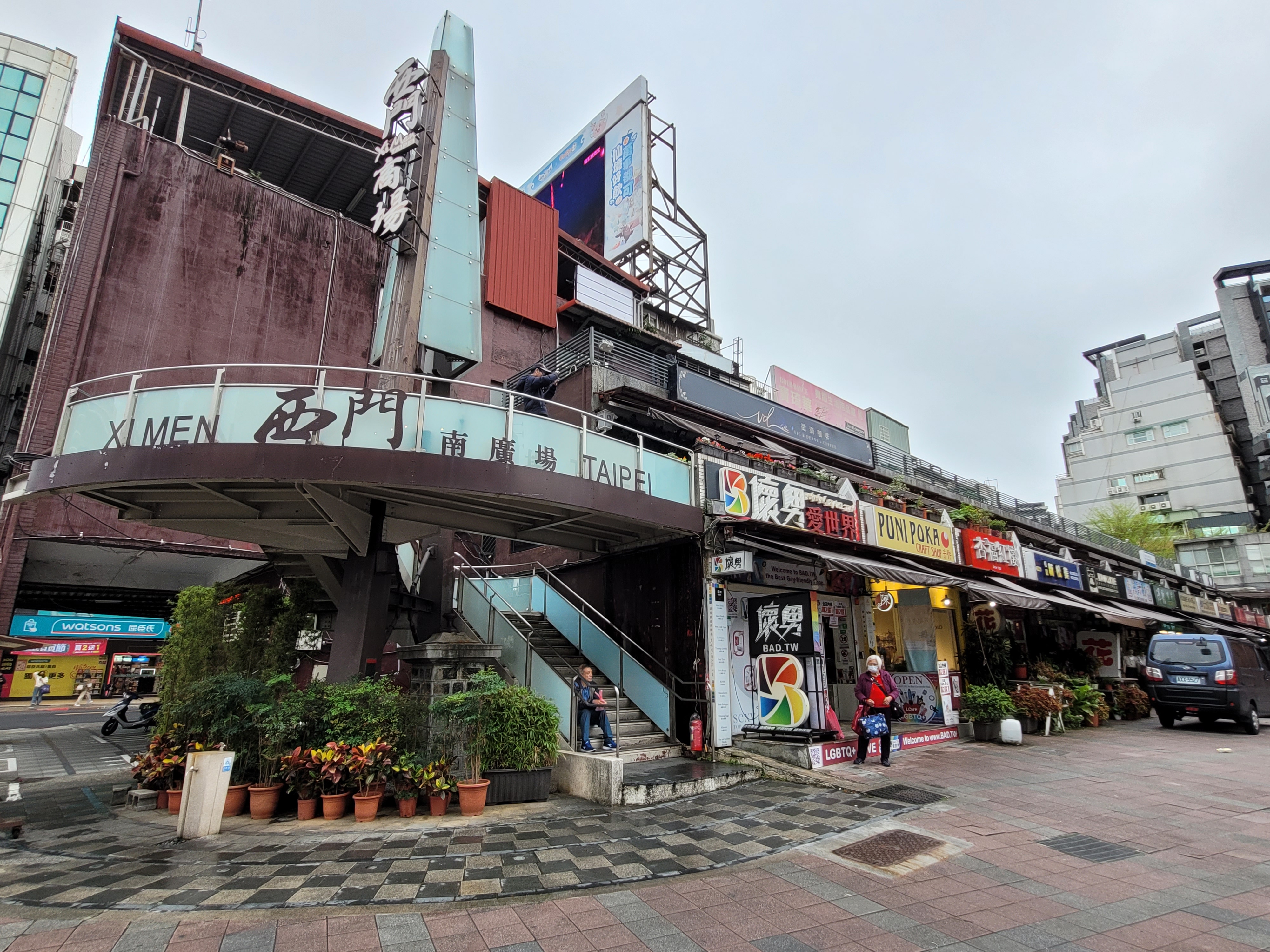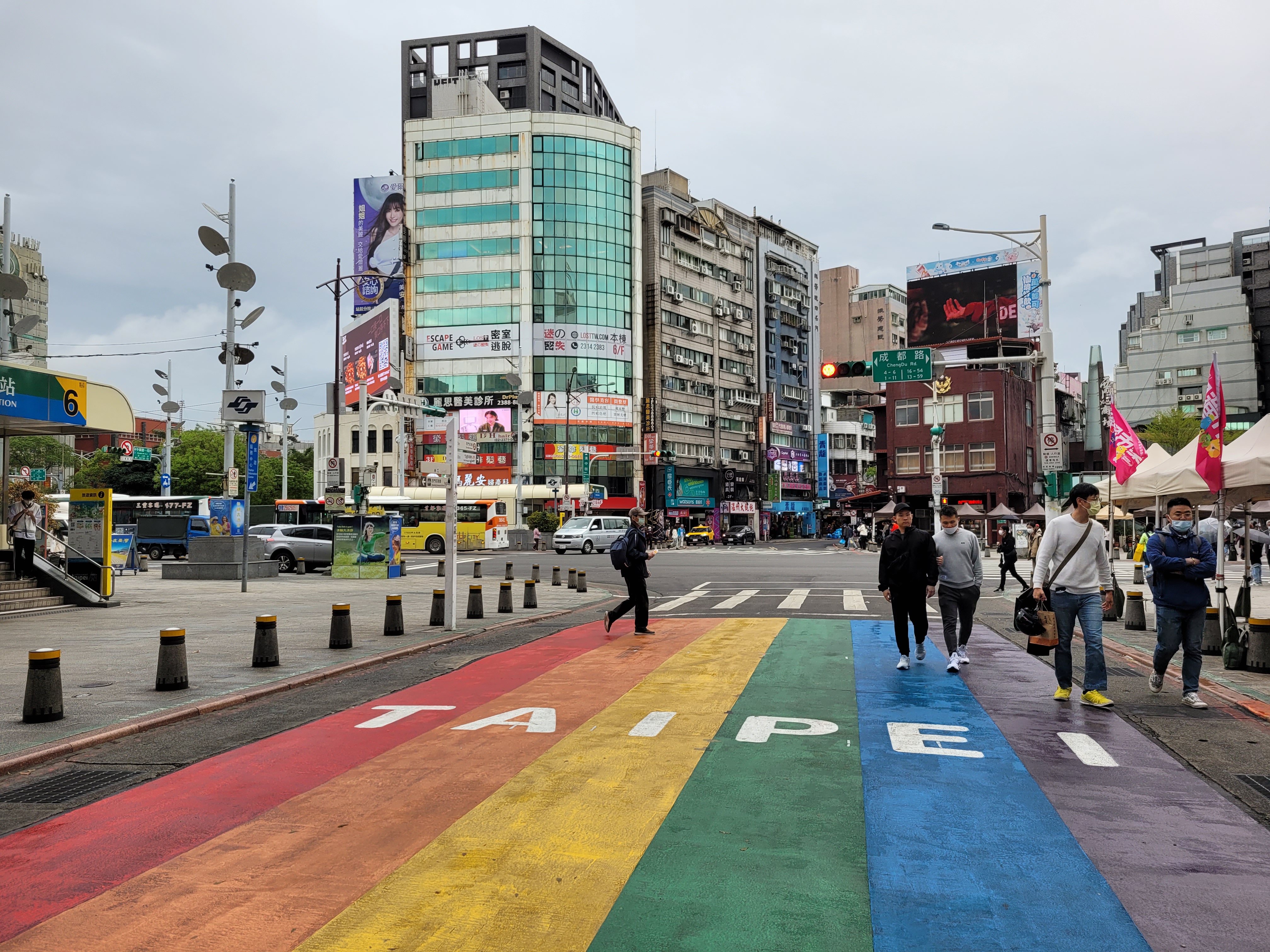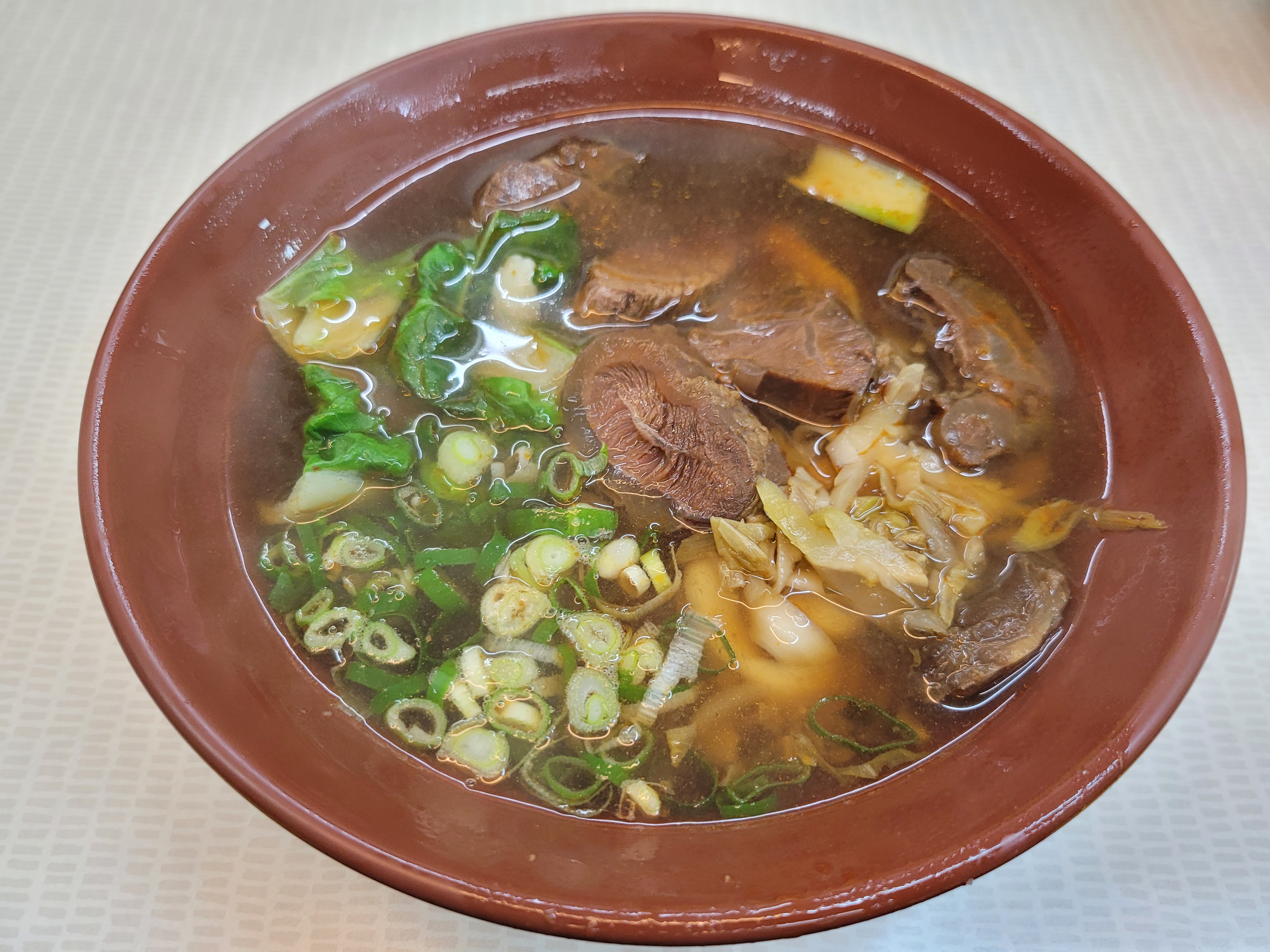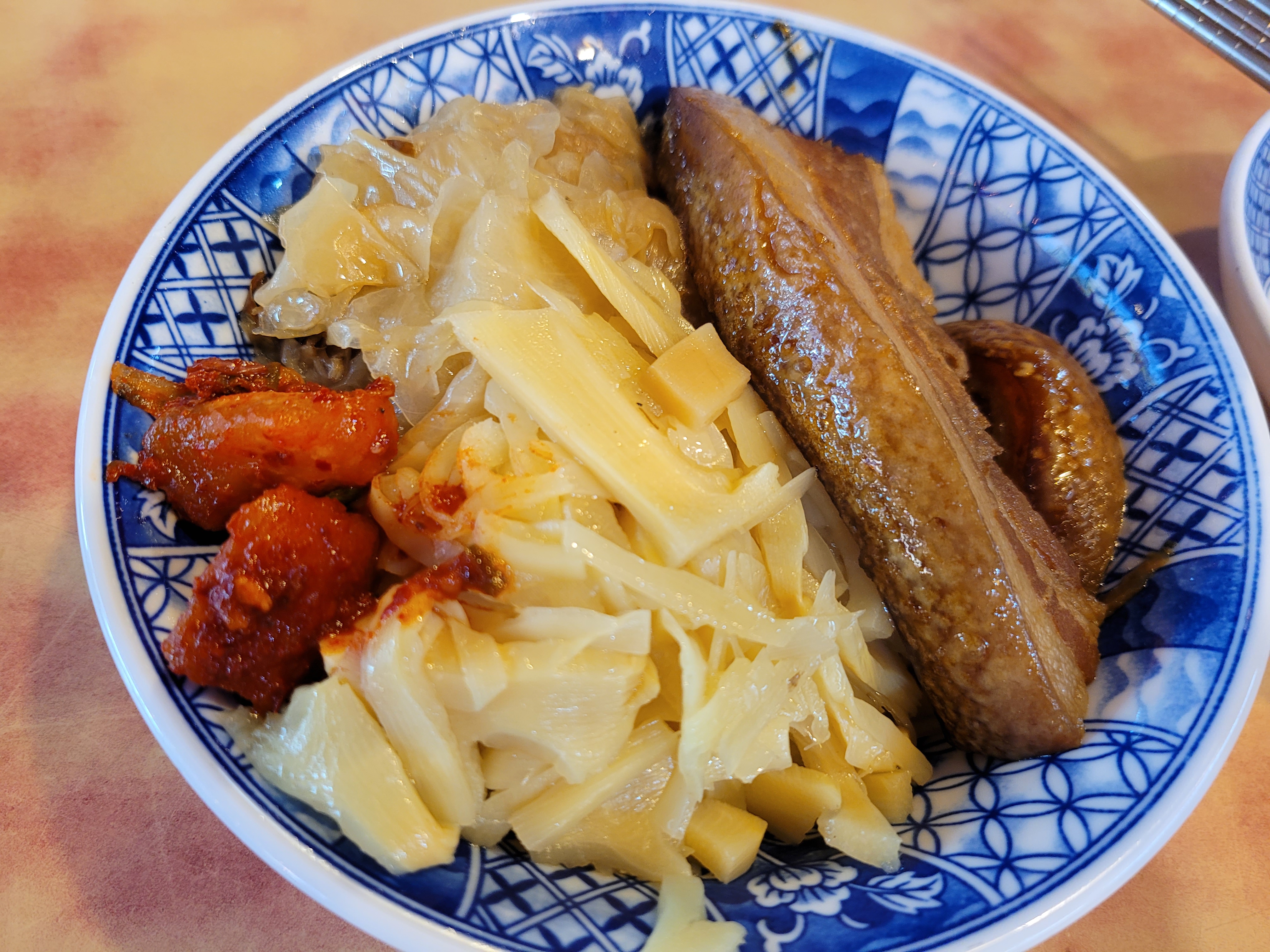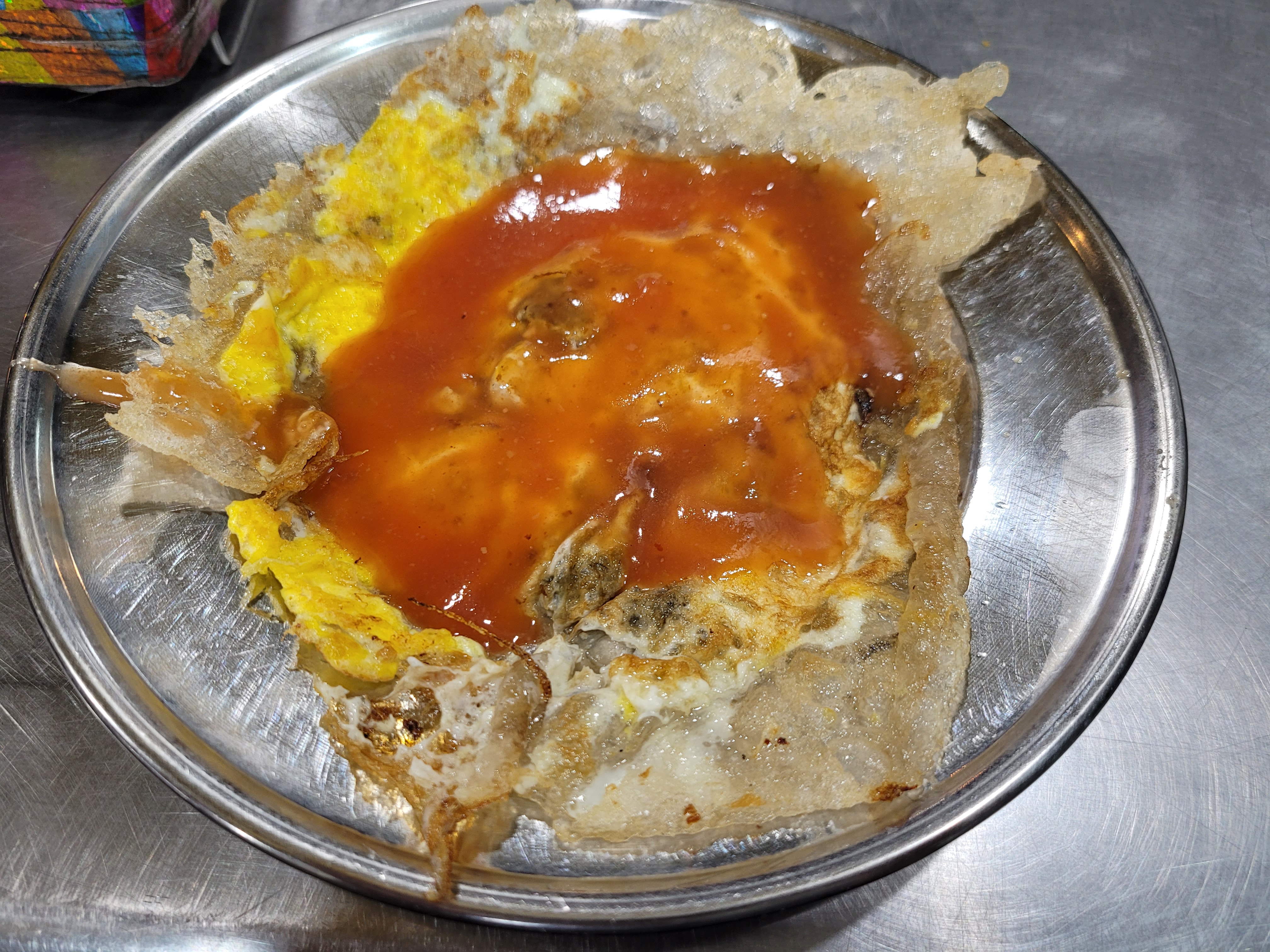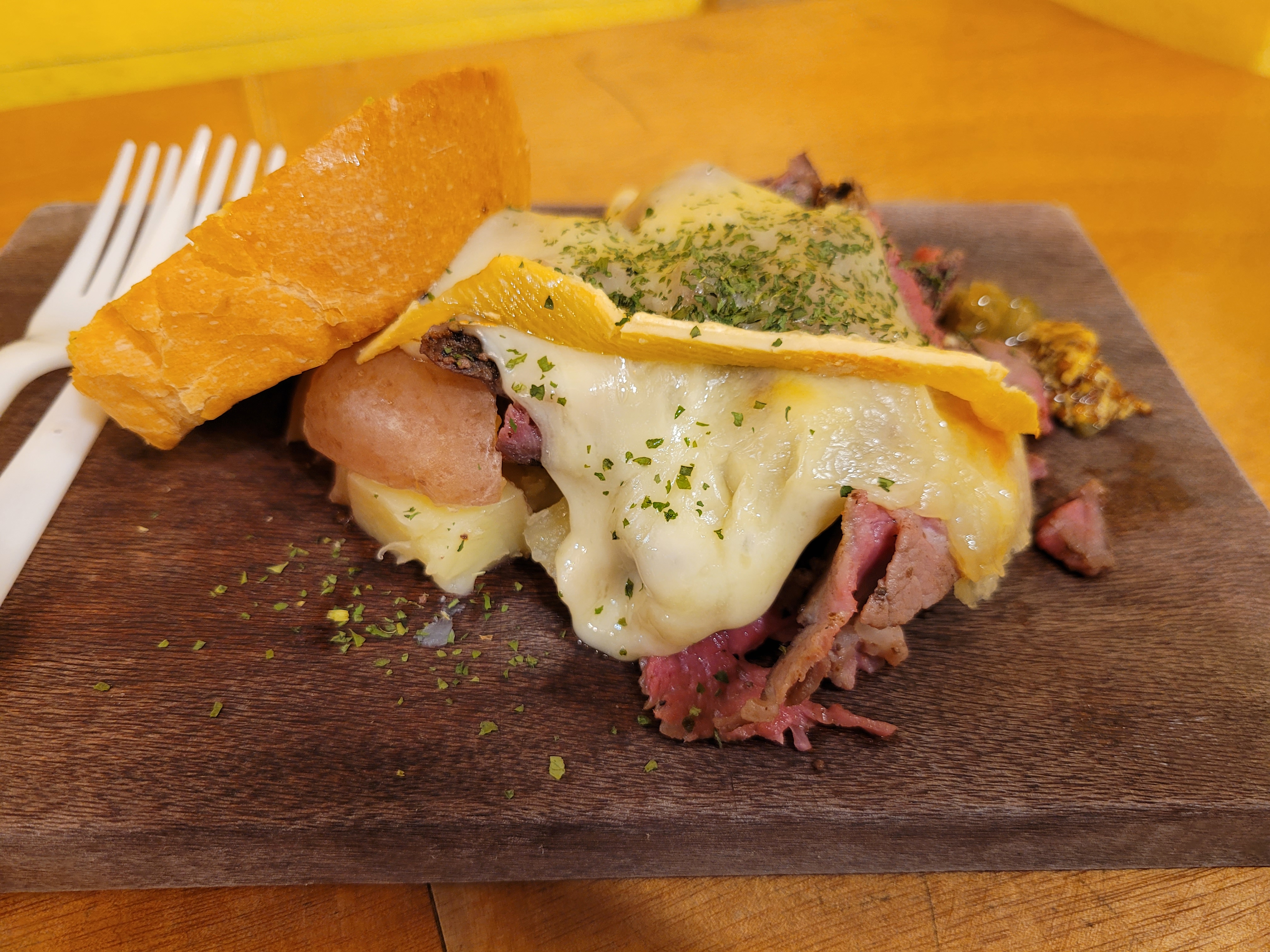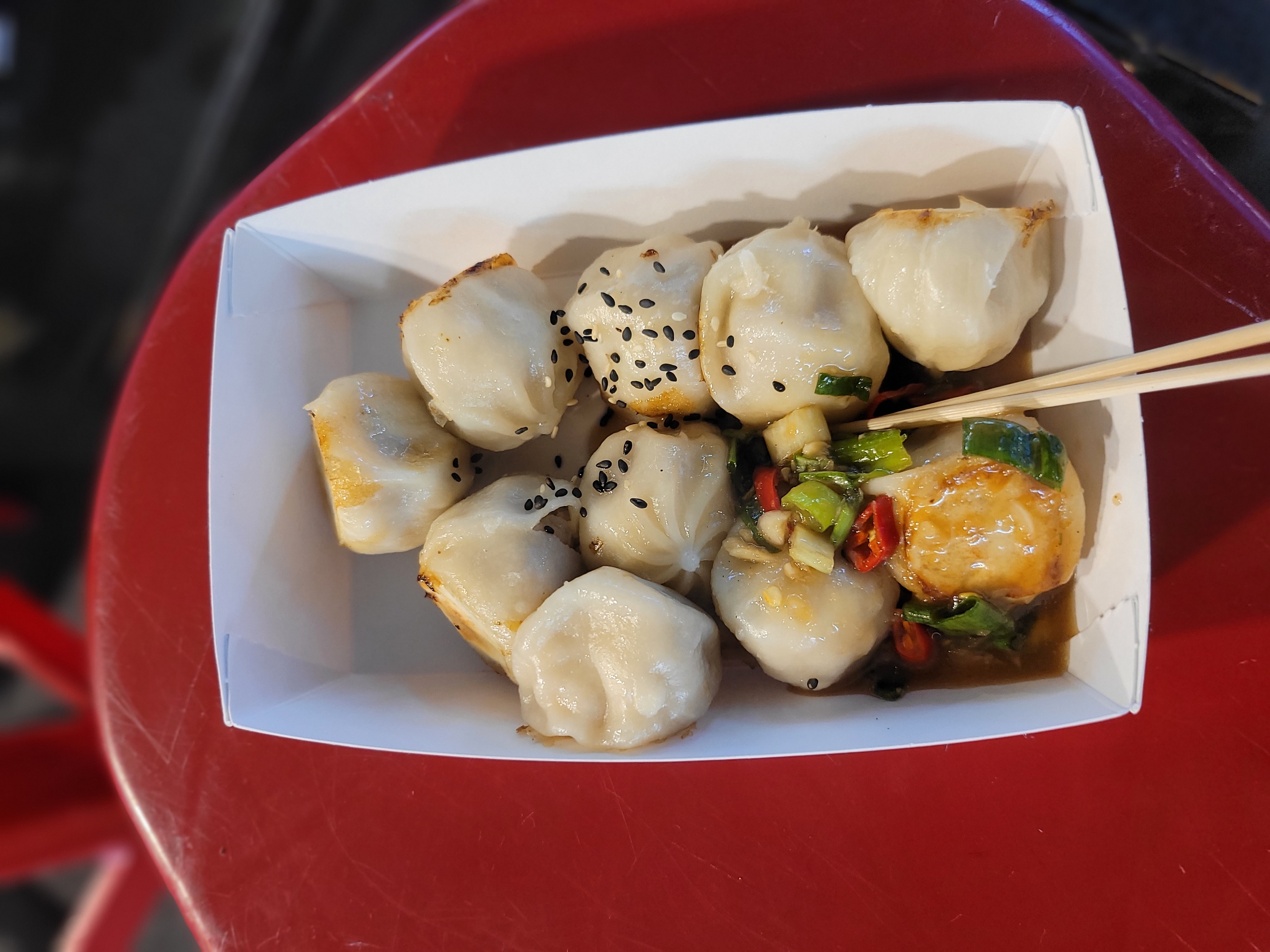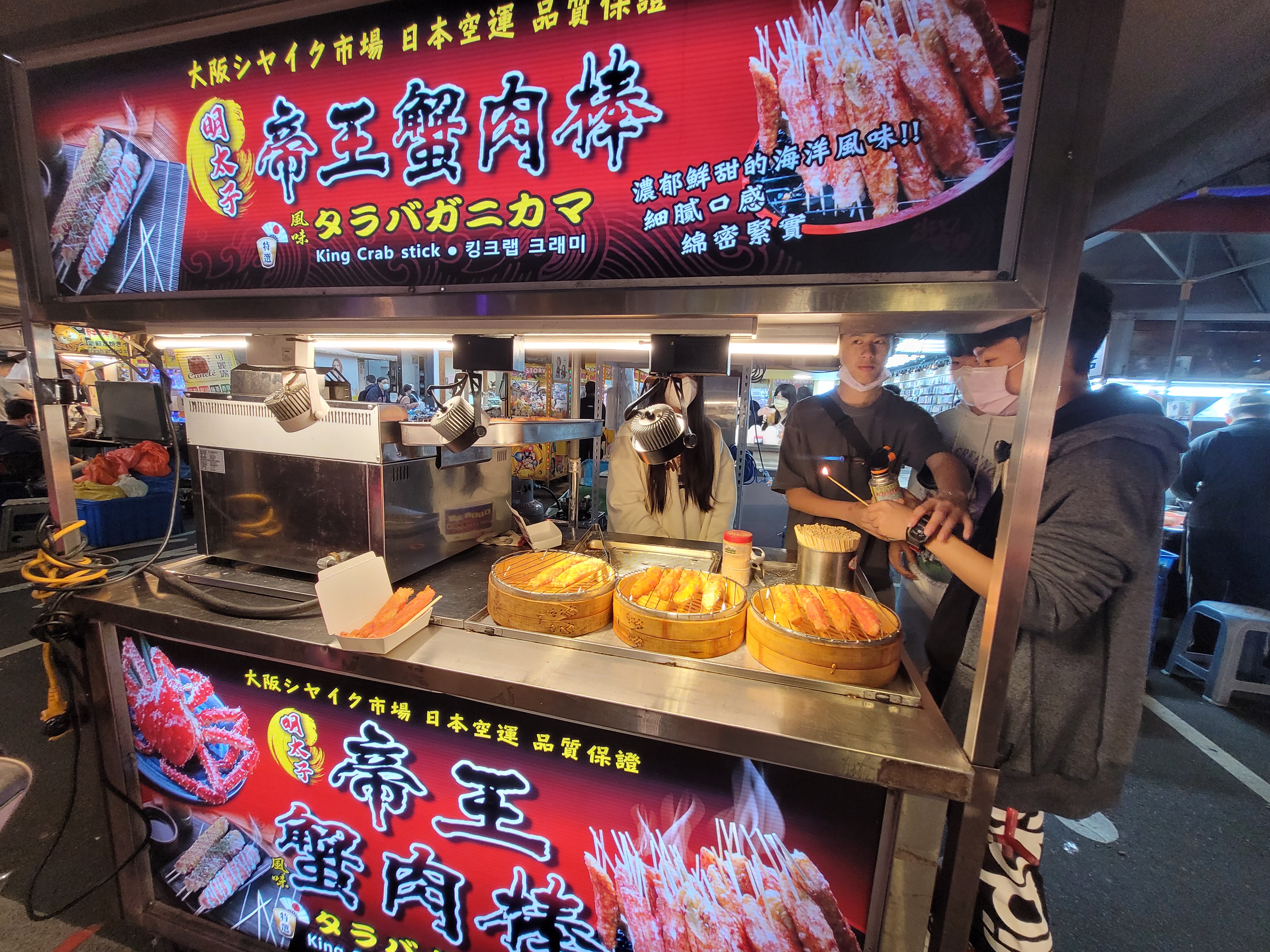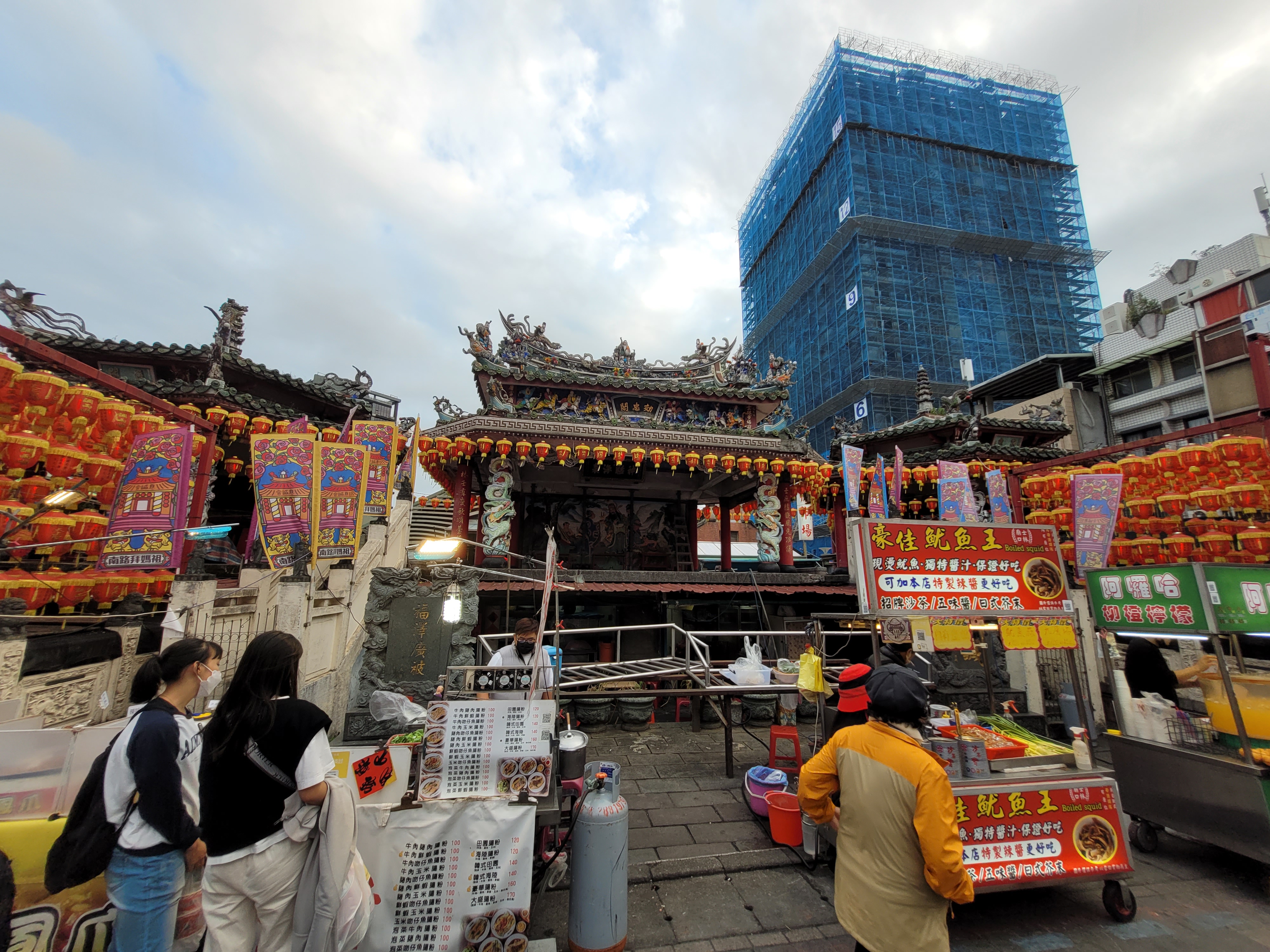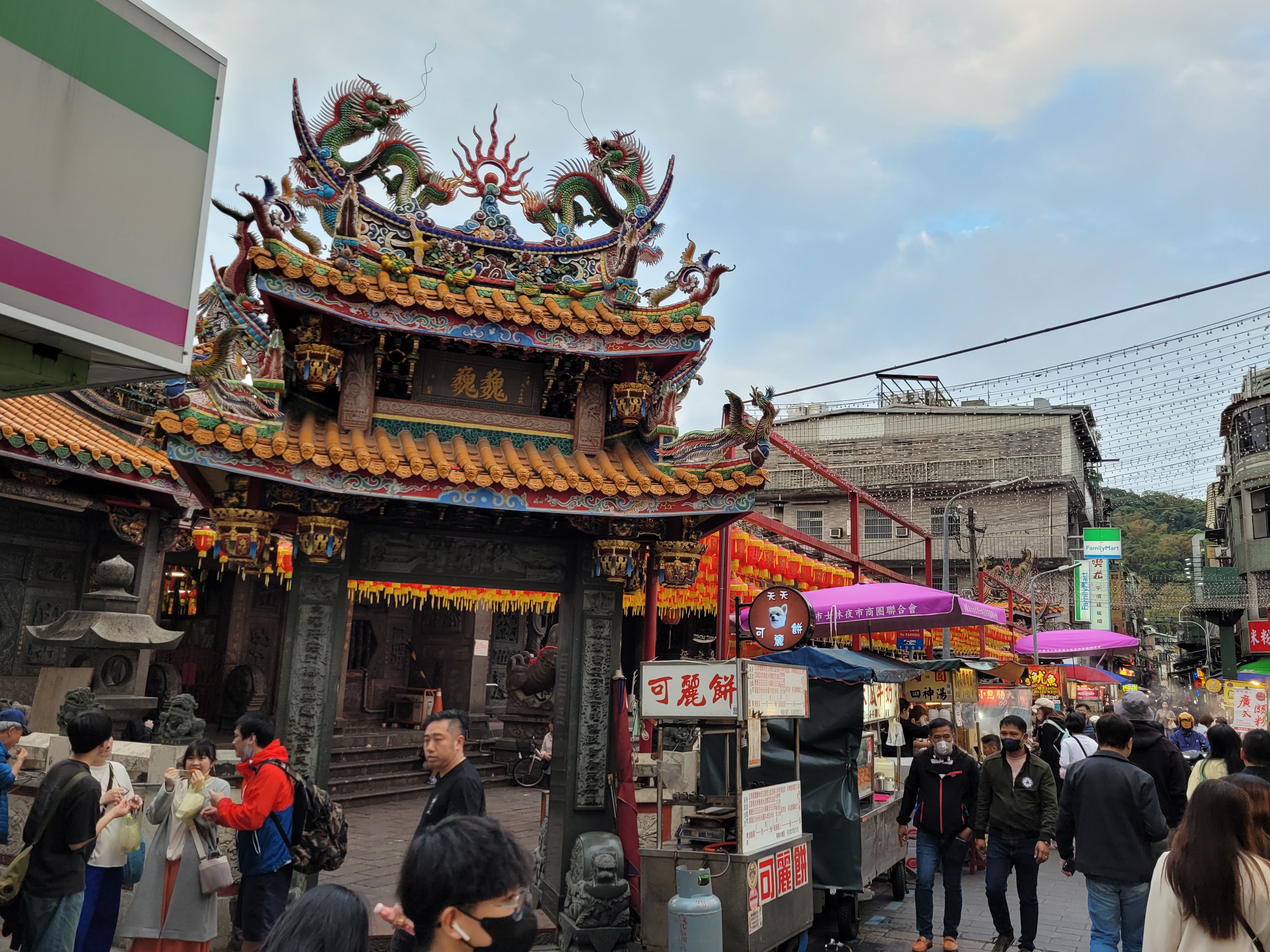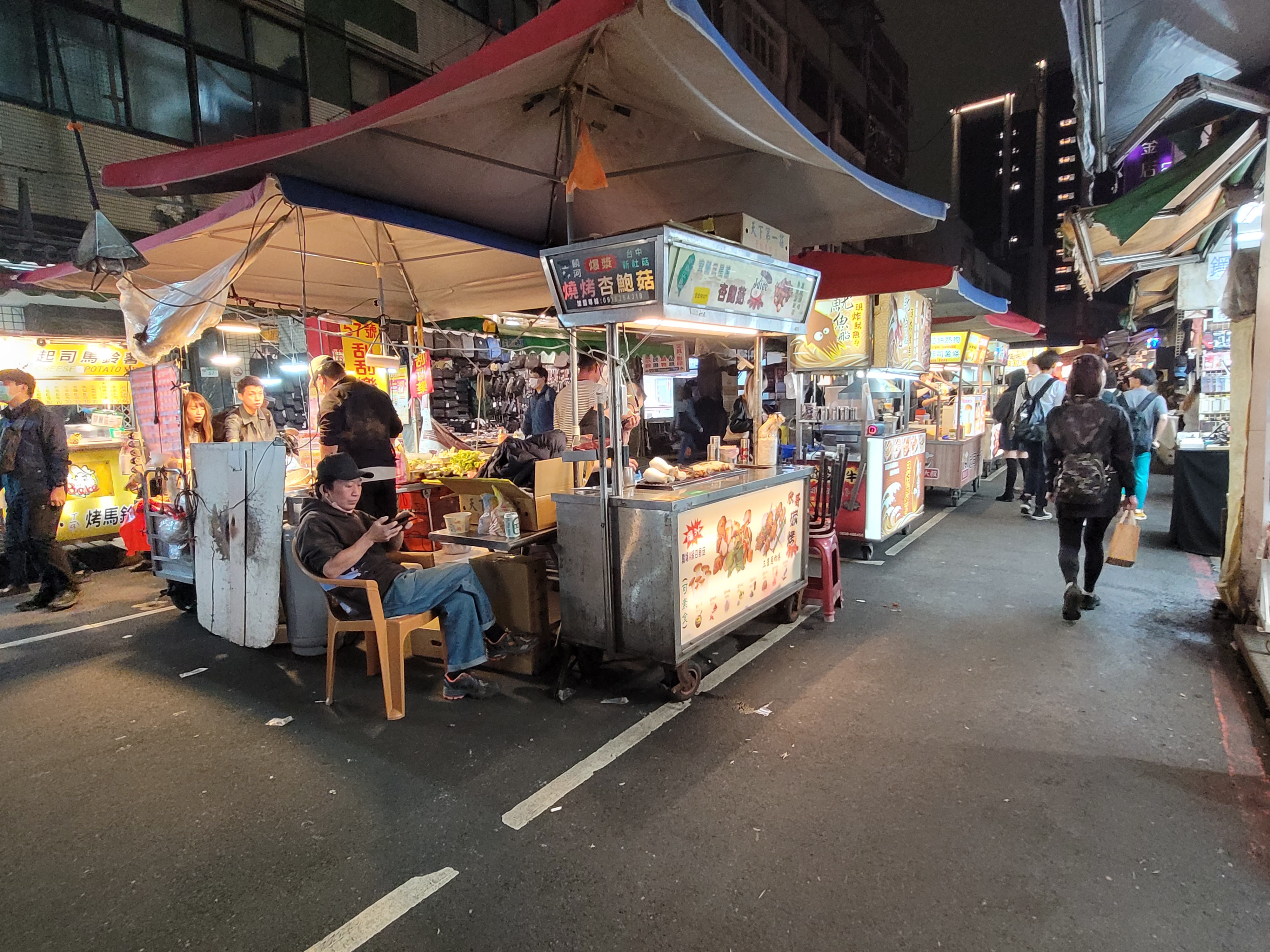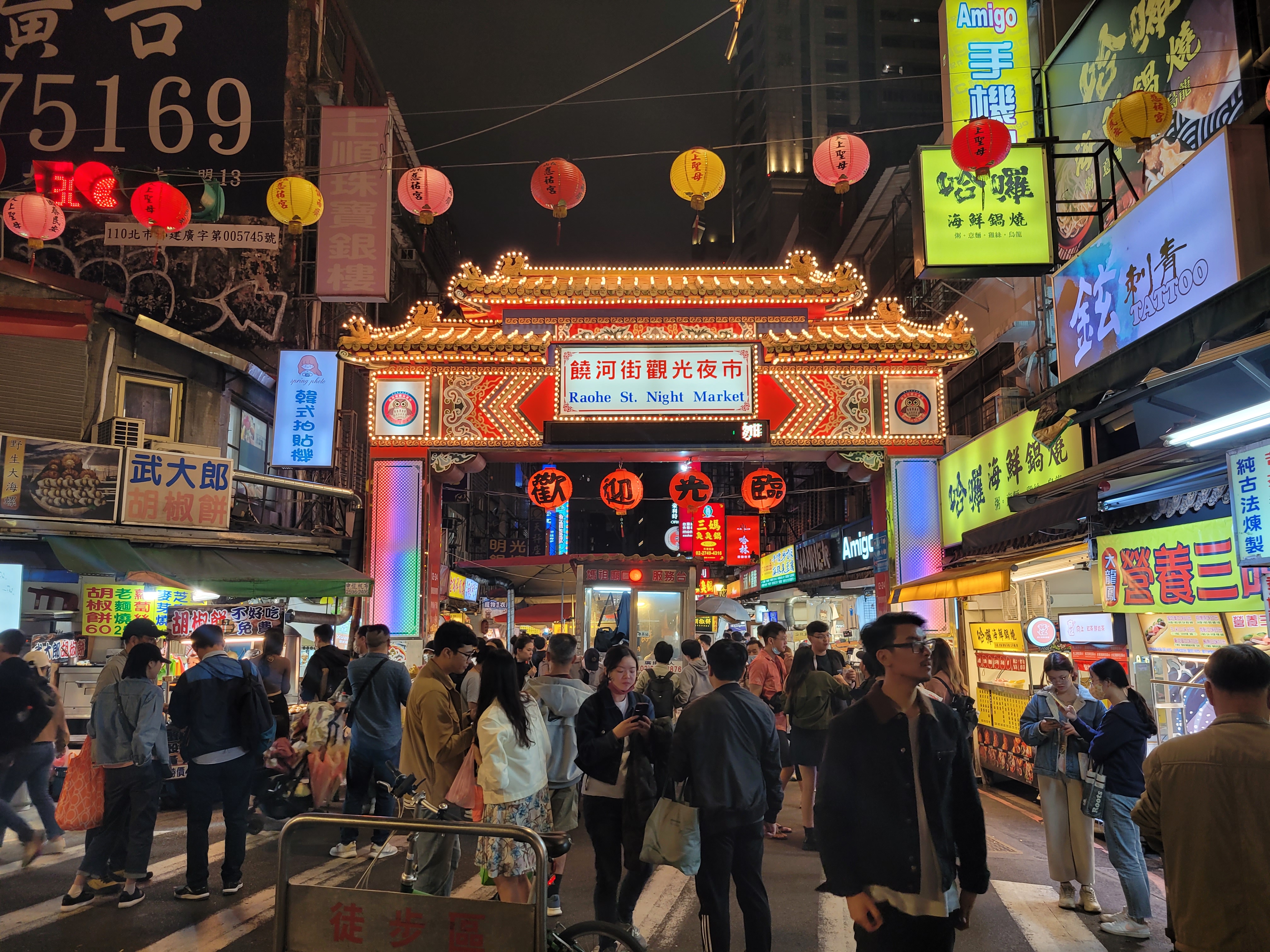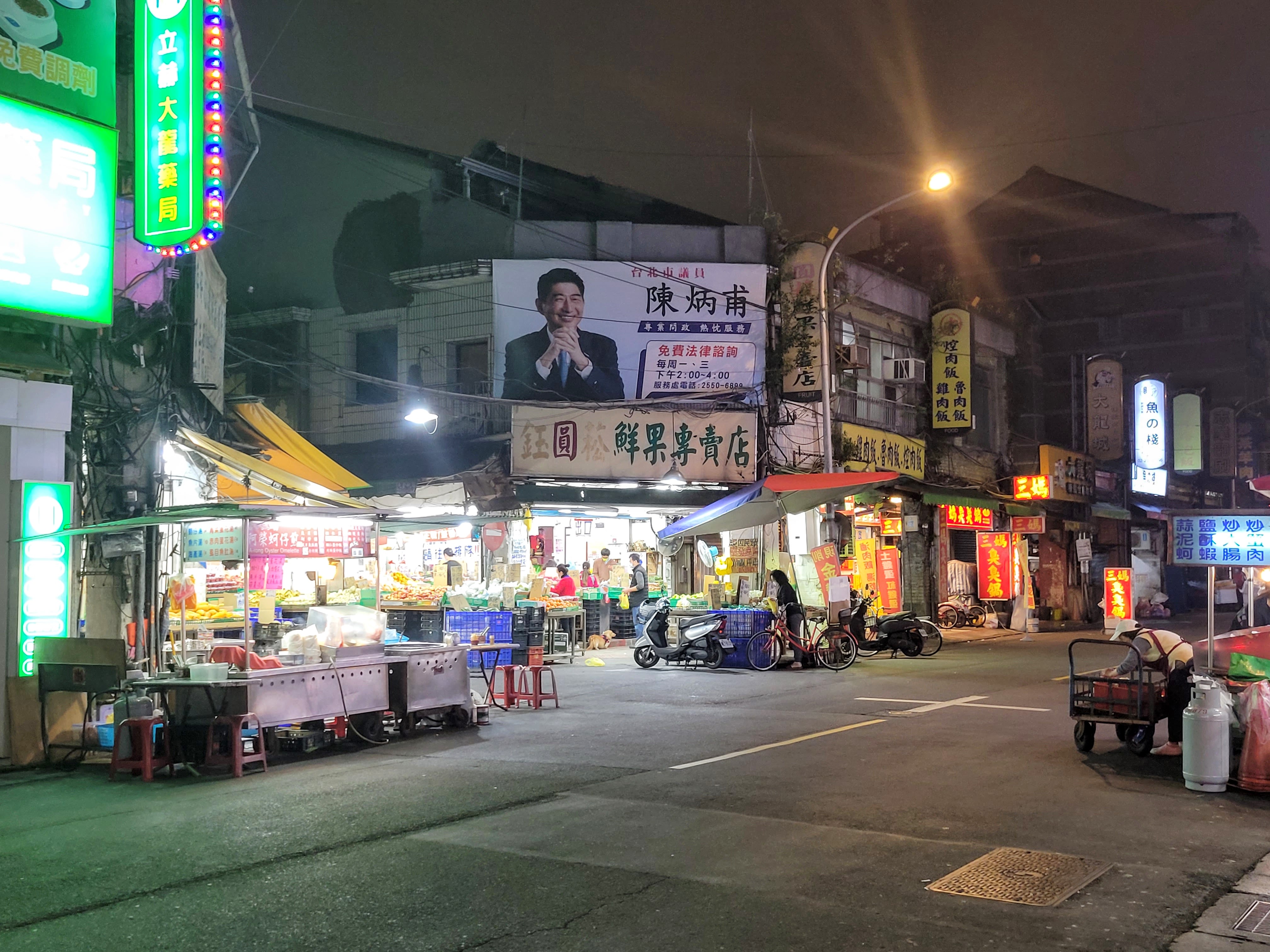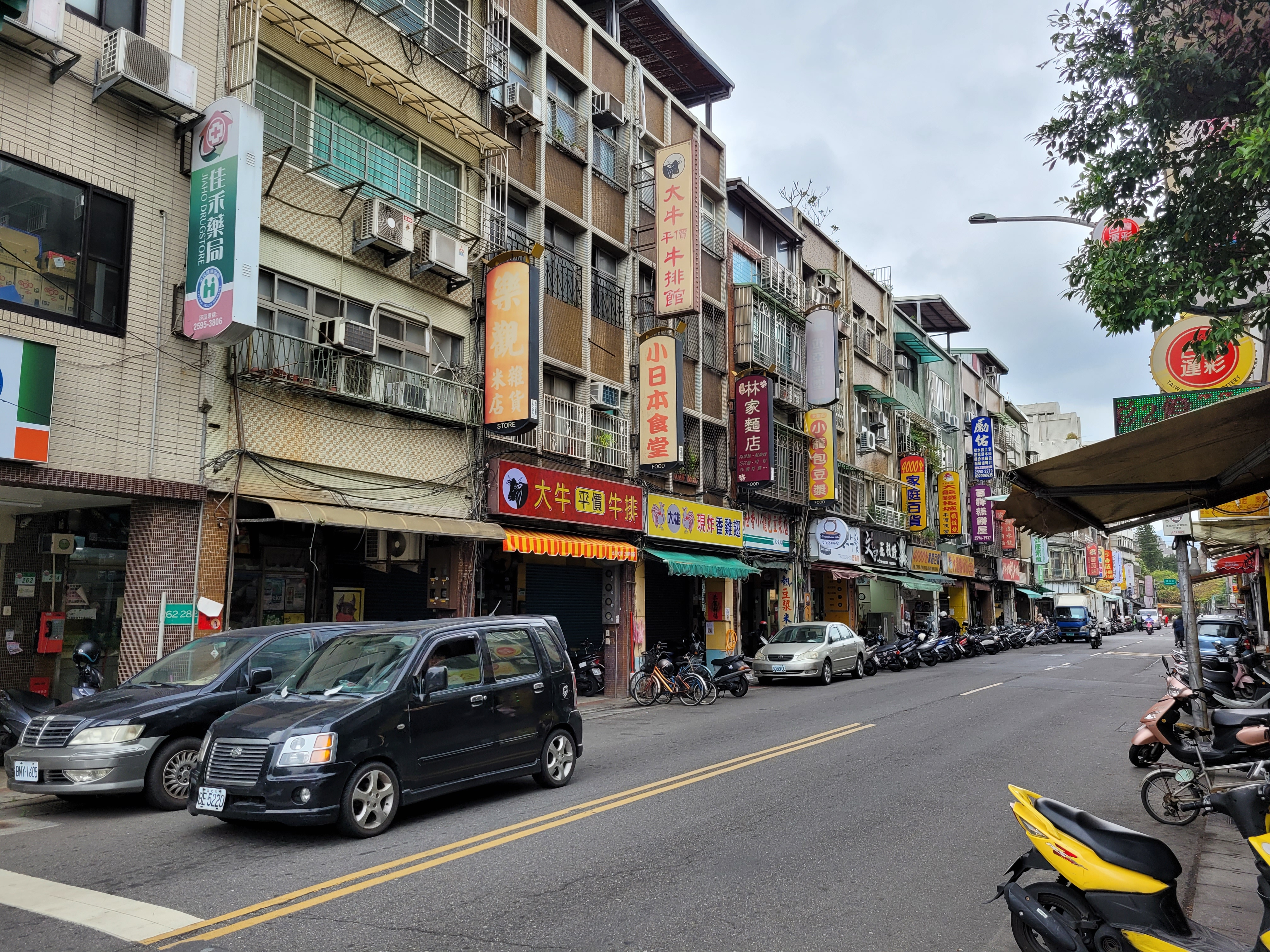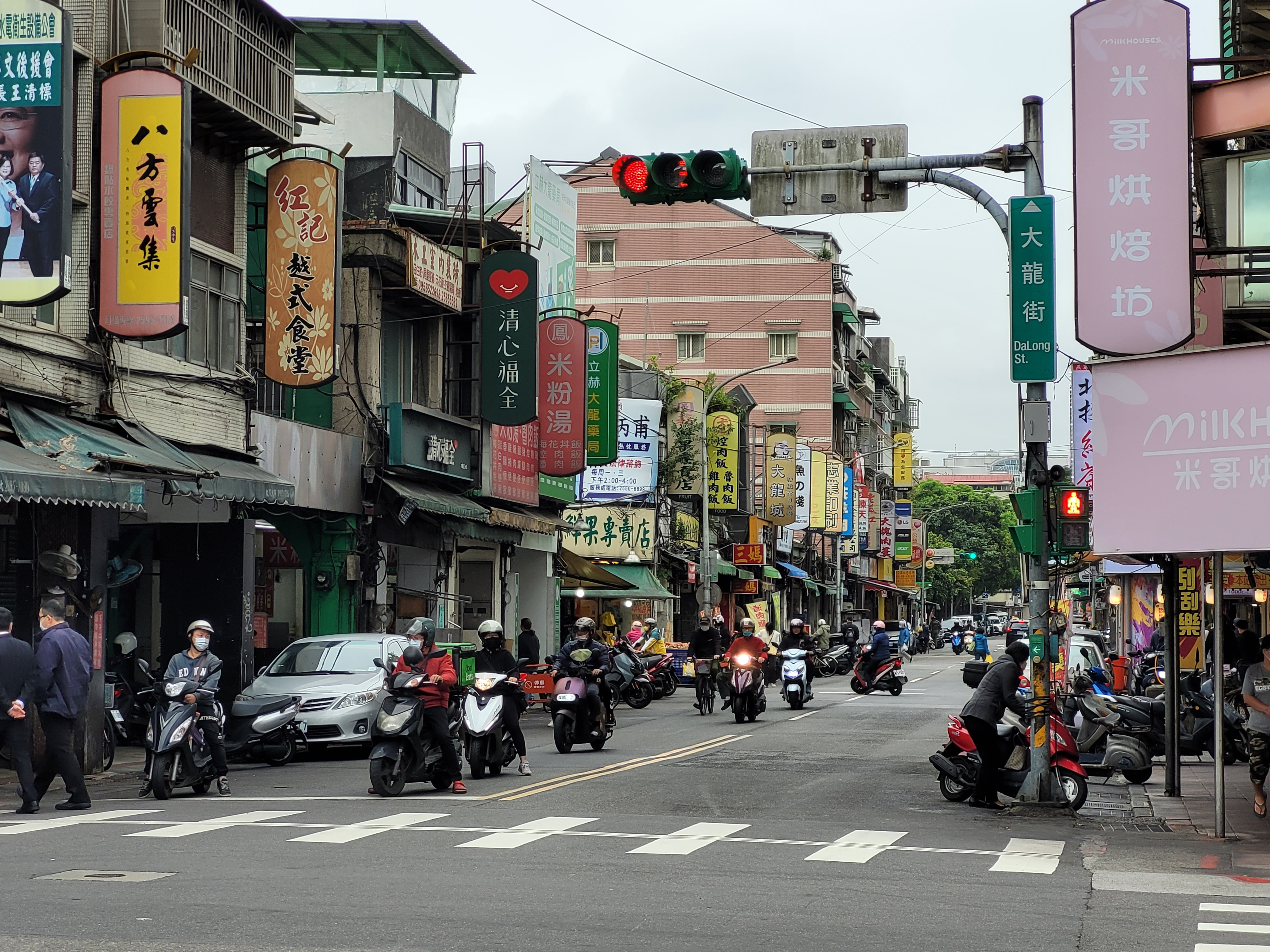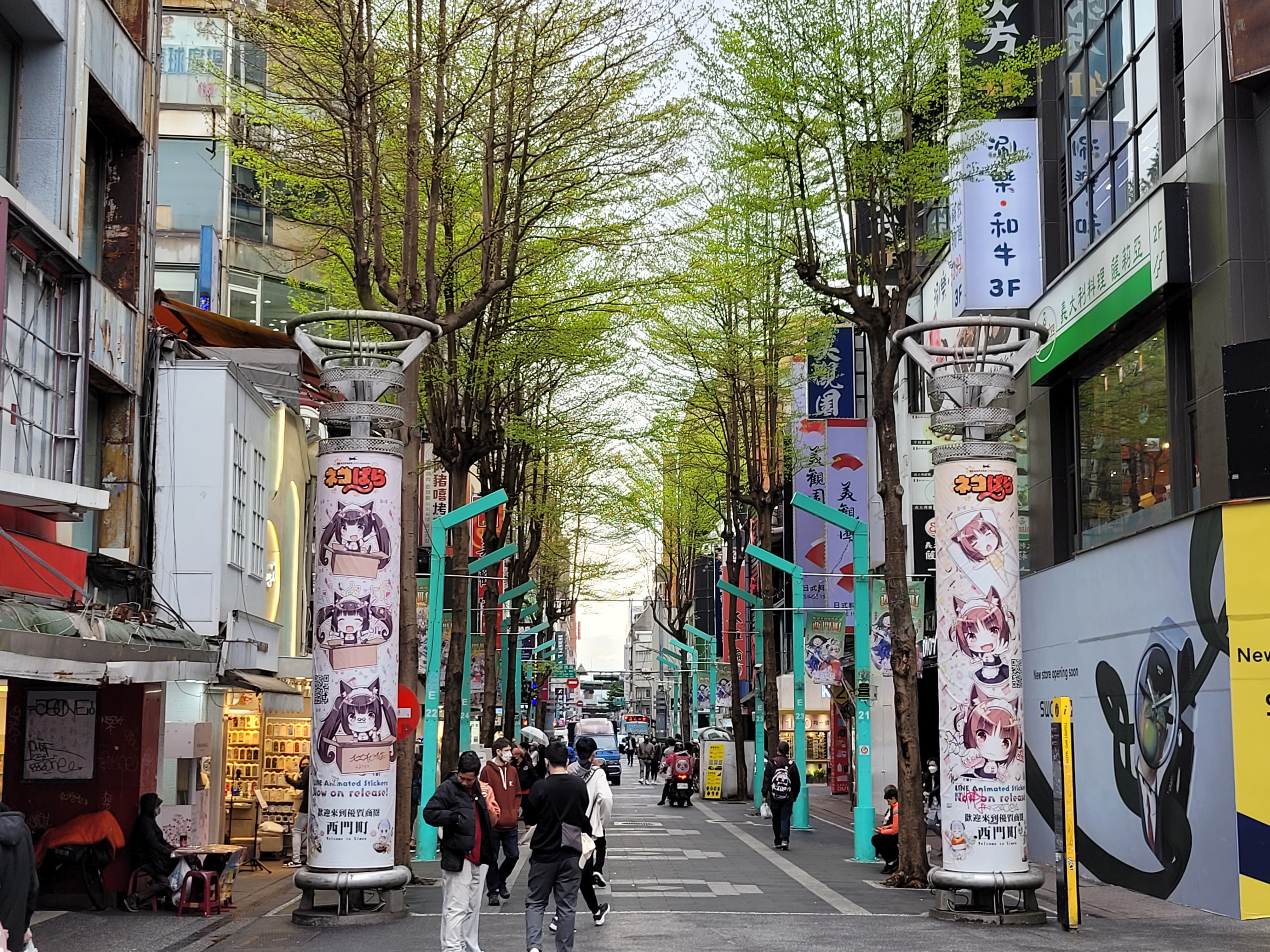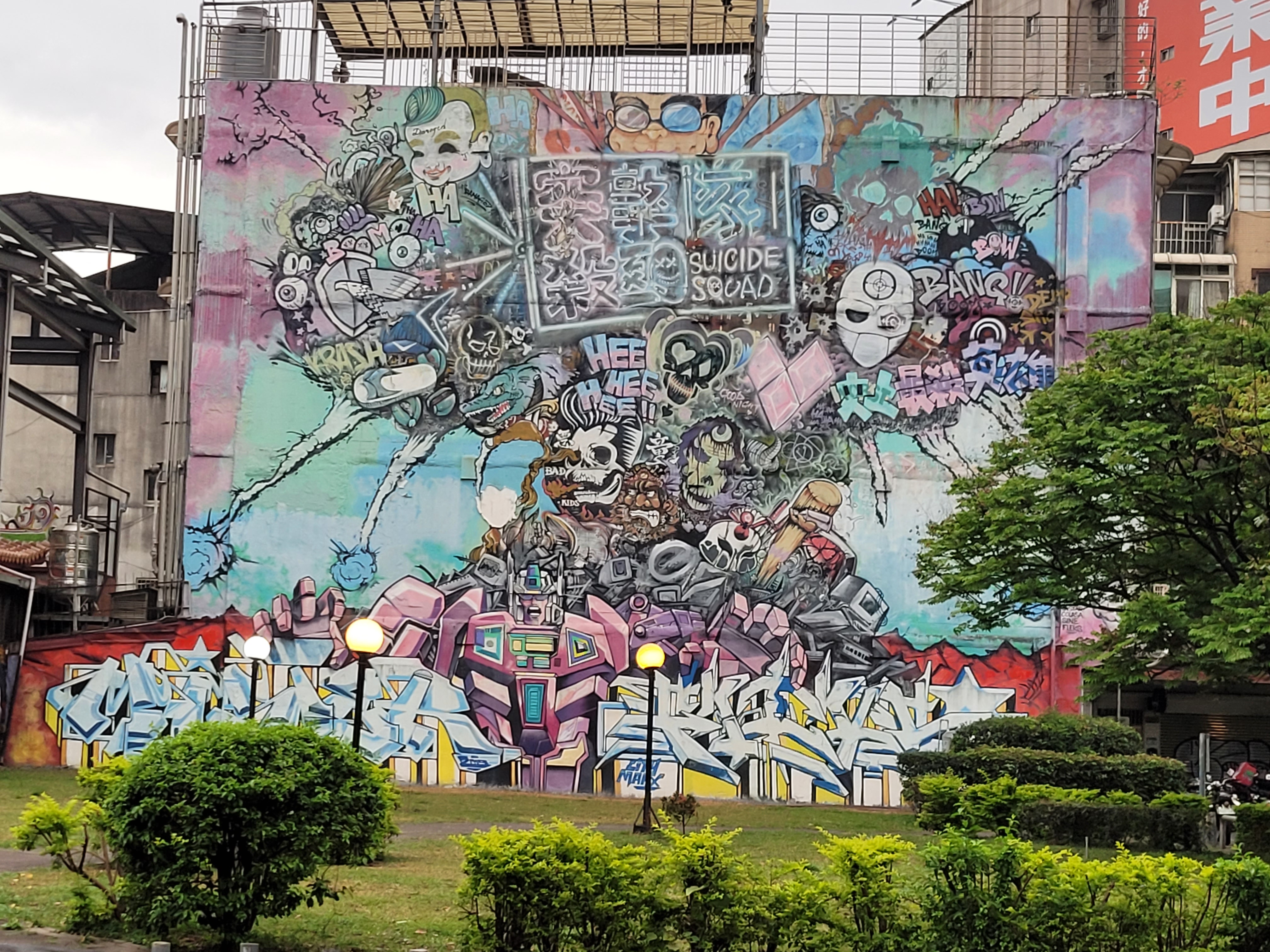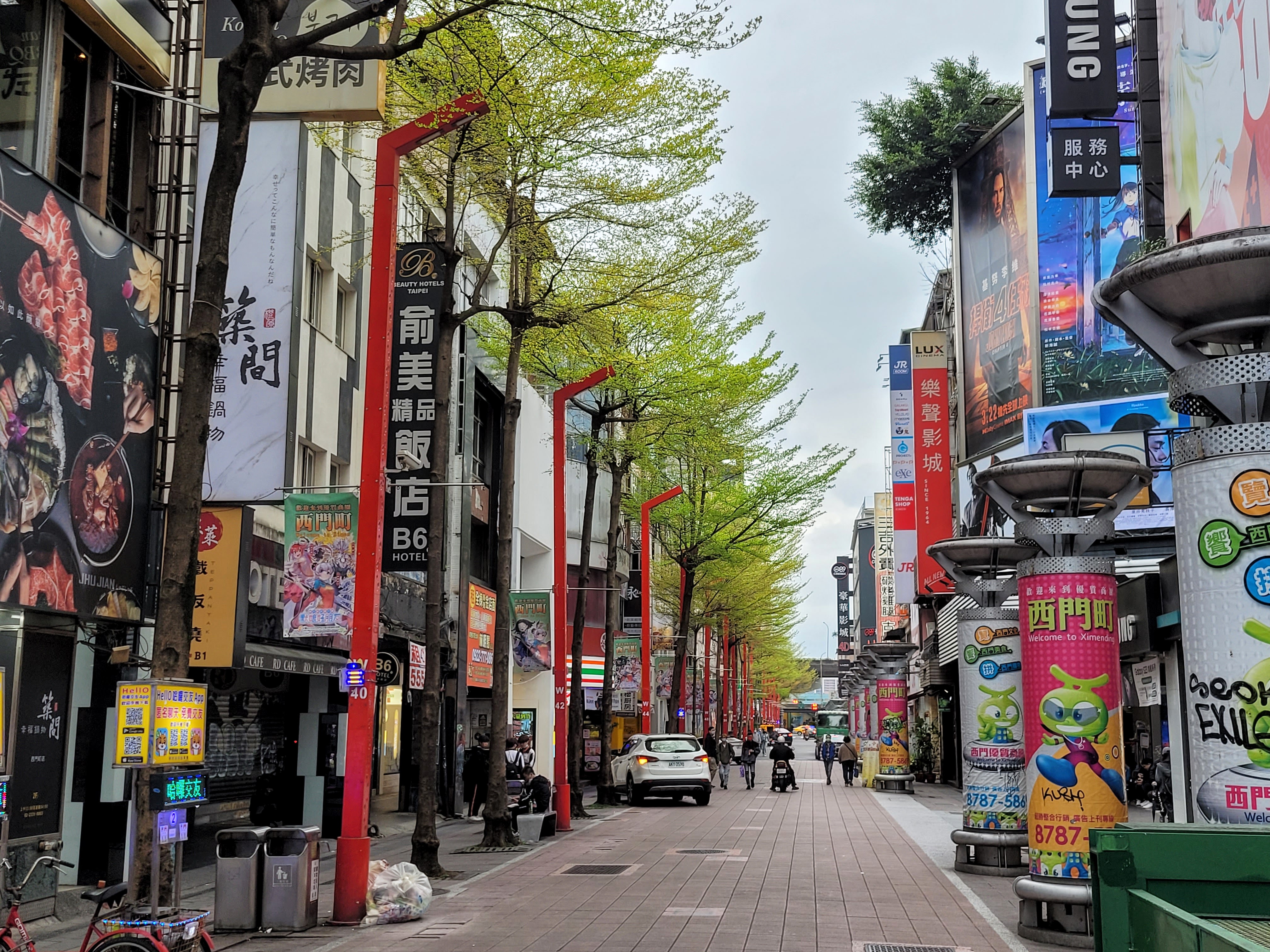Go Back
Taipei
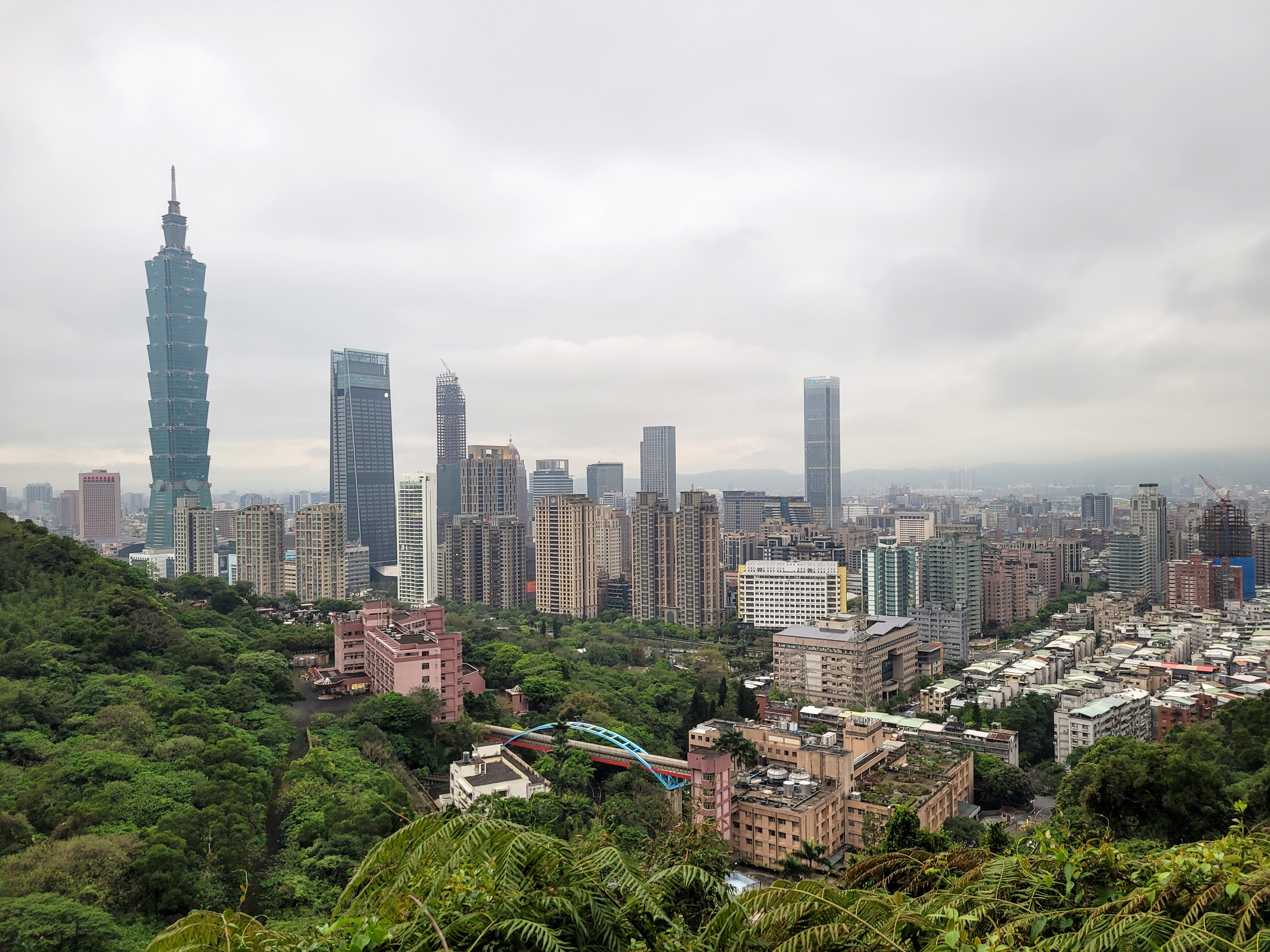
Taipei is Taiwan's capital city and will likely be the starting point for most in the country, although there are other international airports throughout the country. Taipei is an incredible city. It's full of beautiful historical temples, pagodas, shrines and buildings. The city is well connected by train and bus which makes it super easy and affordable to get around to basically anywhere. There are many great night markets where you can try delicious local favourites while enjoying the Taiwanese nighttime culture. The city is also surrounded by lush hills which allows people to escape to nature very easily. I spent 5 days in Taipei and would love to return again someday. It's consistenly ranked as one of the best cities for expats to live in and after visiting it's no surprise as to why that is. Here is my guide to Taipei.
Chiang Kai-Shek Memorial Hall is a national monument erected in memory of Chiang Kai-shek, the first president of Taiwan. It is surrounded by a nice park, the National Theater and National Concert Hall. Like many of the places on my list it's completely free to visit! The memorial itself is a large white building (I'm guessing made of marble). You can climb up the steps and see the large statue inside which is of Taiwan's former president whom the monument is named after. Once inside, you can also see the changing of the guards periodically which was interesting. This is a nice place to visit and spend about an hour or so in Taipei. It's easy accessible by the metro.
Lungshan Temple is a famous old temple in Taiwan. It is for worshiping Guanshiyin Budda and other divine spirits. Located just next to a metro station it's convenient and also free to enter. It offers a good insight to the local religion and customs. You'll see many people praying, giving offering and throwing down two wooden blocks onto the ground which are supposed to be indicators of good luck. The temple has a few different parts. There are the front hall, the rear hall and the right/left dragons protecting the middle hall. The layout is square and serene. The temple was built in 1740, during Qing Dynasty and has been rebuilt a few times due to natural disasters. Like most of the temples in Taiwan the artwork is beautiful and intricate. Additionally, the temple is located in a central area with plenty of markets, restaurants and other activities nearby.
Elephant Mountain is a mountain in the southeast part of Taipei. It offers a variety of hiking trails which offer great views of the city and it's landmark tower: Taipei 101. It's also easily accessible by metro or public transport and is once again completely free! There are a few different trails but the one we hiked took us about an hour total to go up and down. The lush scenery on the mountain is beautiful and the city offers a nice backdrop. At the top of the trail we did were some weights which I thought were a nice touch. If you still want more exercise after your hike you can do pull ups, bench press or barbell exercises at the top at the little gym area. There are many different viewpoints along the way. This is a great activity in Taipei!
The Bao'an Temple is a Taiwanese folk religion temple built in the Datong District of Taipei. The present temple was originally built by clan members in Tong'an, Xiamen and Fujian, who immigrated to Taipei in the early 19th century and gave the temple the name Po-an in order to "protect those of Tong'an". At the Bao'an temple people can buy different items to give as offerings. Just across the street from the main temple after praying I saw many people cross the street to the other side of the temple where they throw papers into a fire which burns and carries the smoke high into the sky. The Taipei Confucius Temple is just across the road from the Bao'an Temple so I decided to mention them together as they are both easy to visit in the same trip. I really enjoyed the Confucius Temple. It offered insight to the history of the caligraphy of the Chinese language. I have always thought the characters were intricate and beautiful but visiting here gave me a whole different appreciation for the language and it's intricacies. You can learn about the history of the caligraphy as well as information about the teaching of Confucius. They also offer free handwritten blessing cards which was a nice addition to the experience of visiting the temple.
National Palace Museum is a huge museum on the outskirts of Taipei. It is full of historical artifacts, scriptures and different items of importance as well as impressive audio and visual presentations. In order to get here we took the S19 bus from Jiantan station which was quite straight forward and easy to pay for with Easy Card. The Easy Card is a payment card that you can load money into and use for purchases at stores like 7/11, family mart as well as public transport. Back to the museum itself: visually, it's very impressive with traditional Chinese style architecture and is surrounded by serene gardens which are free to wander around. The entry fee is 350 twd (~11usd) which is more expensive than all of the free entry places but in my opinion it's worth it. They also offer audio guides which you can use as you wander around and listen to somebody give information about the thousands of artifacts and pieces of art.
The Ximending walking area is a popular area for both tourists and locals to go shopping and eating. There are many different shops with all the famous brands as well as a diverse range of food in the area. I did find the prices at the restaurants here to be a bit more expensive than the night market prices or some of the other areas in the city. The area is colourful and is great for also seeing different street art. It's easily accessible by taking the train to Ximen Station. It's also close to the Lungshan Temple and Huaxi Night Market (which I'll mention more under food).
The food and drink in Taipei and amazing and will definitely be a big part of your experience in the city. There are many great Taiwanese dishes that are worth trying. Pictured below are Taiwanese beef noodles, pork with cabbage, kimchi, rice, oyster omelete, roast beef with potatoes raclette, dumpings and "king crab" legs. These are amongst many food options to try while here. Taiwan is famous for its tea as well. I enjoyed drinking black teas as well as milk teas. My favourite milk tea was probably the brown sugar milk tea. You can find milk tea shops all throughout the city.
One of the best ways to experience Taiwanese food and food culture is visiting the night markets. We went to Shilin Market, Raohe Street market and Huaxi Market. They were food streets with dozens of food and drinks to try. All these markets are very near metro stations and are very easy to get to by using Taipei's fantastic public transportation. Definitely plan to visit some of these night markets or even some other ones!
We stayed in the Datong neighbourhood. We enjoyed this area. It was very tranquil and the people were friendly. We stayed just across the street from the Bao'an and Confucius temples. The area is a good base for travelling throughout the city as it's easy accessible by metro. The Datong Street market offers some classsic foods like oyster omeletes, paos and various soups. The area is a bit quieter and doesn't seem to have as many nightlife options as some of the other areas in the city but is overall a great area to stay in Taipei.
Ximending was another cool neighbourhood which I mentioned a bit above. This area is one of the most popular areas for tourists and has many shops, markets, restaurants and cafes. There are also important tourist sites nearby like the Lungshan Temple. This area seemed to have more nightlife than Datong district. It's also very easy to move around from here to other important areas in the city by bus and train.
